News and Photos from Ynysfach W.I
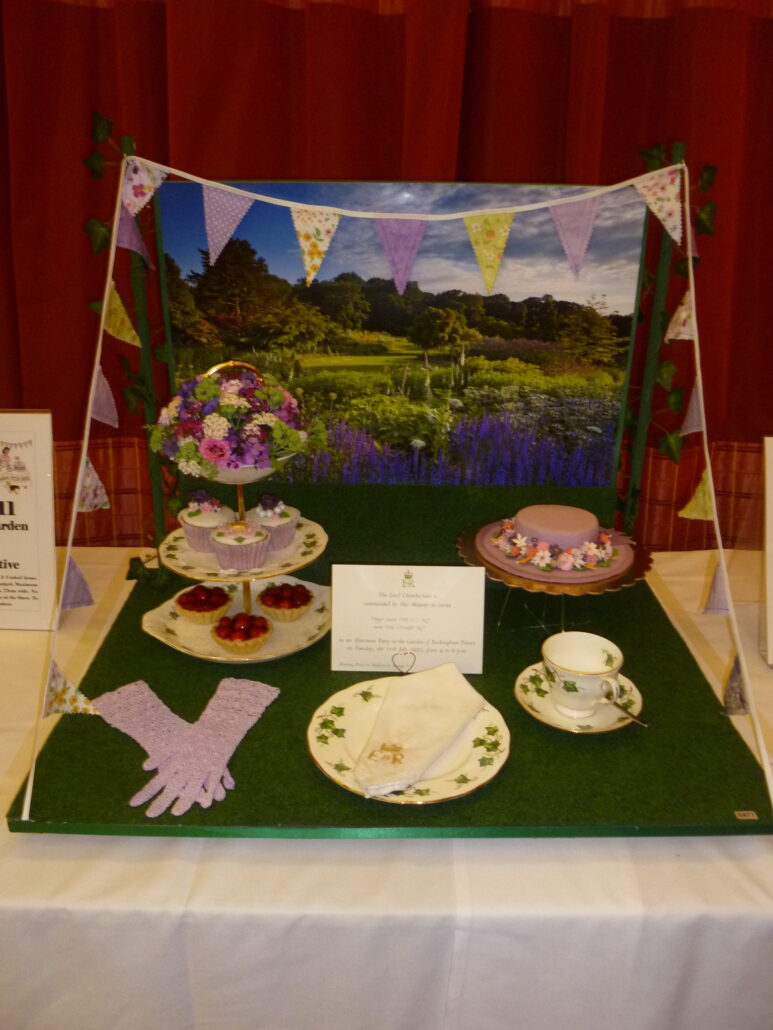
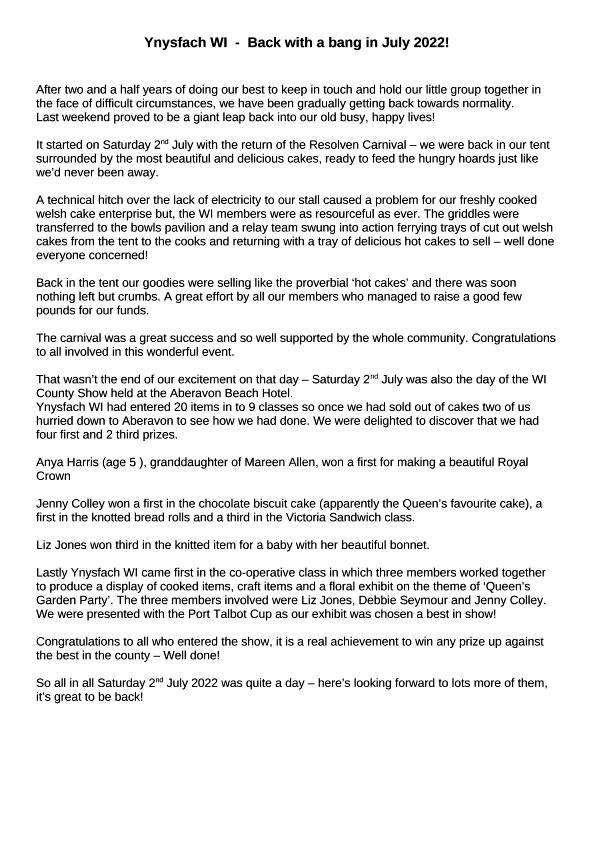

ANYA’S CROWN
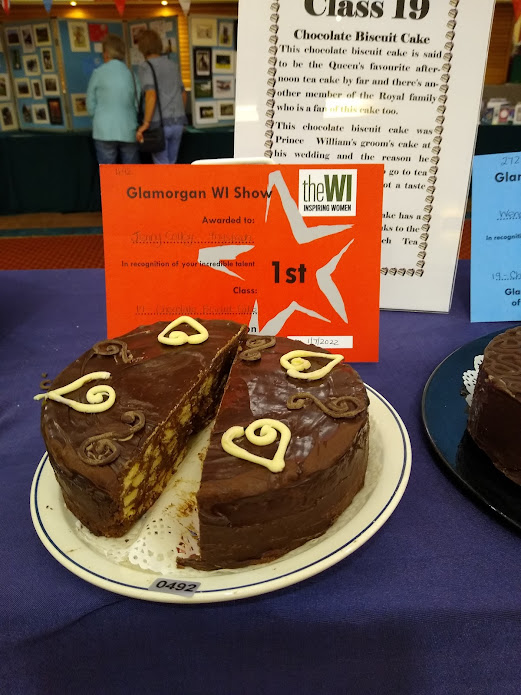
THE CHOCOLATE CAKE
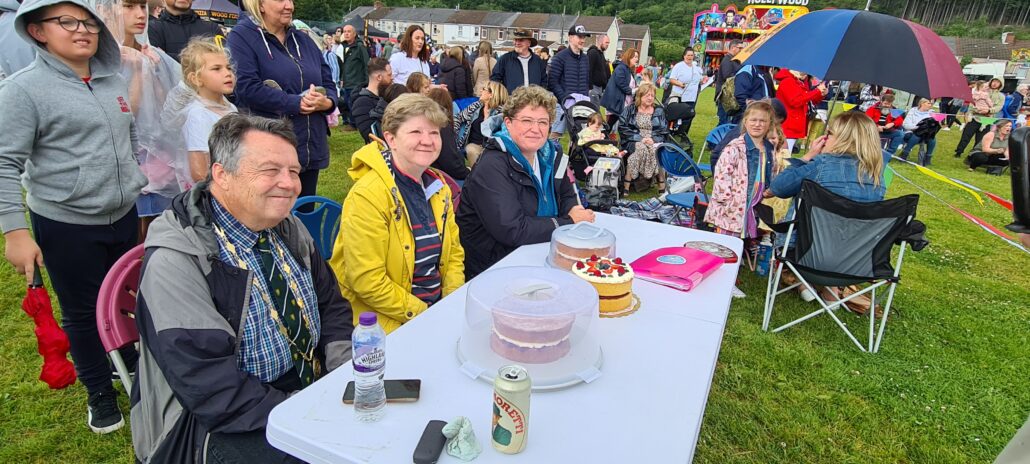
JUDGES OF THE VICTORIA SPONGE

RECEIVING THE CUP
Report by JENNY Colley



ANYA’S CROWN

THE CHOCOLATE CAKE

JUDGES OF THE VICTORIA SPONGE

RECEIVING THE CUP
Report by JENNY Colley
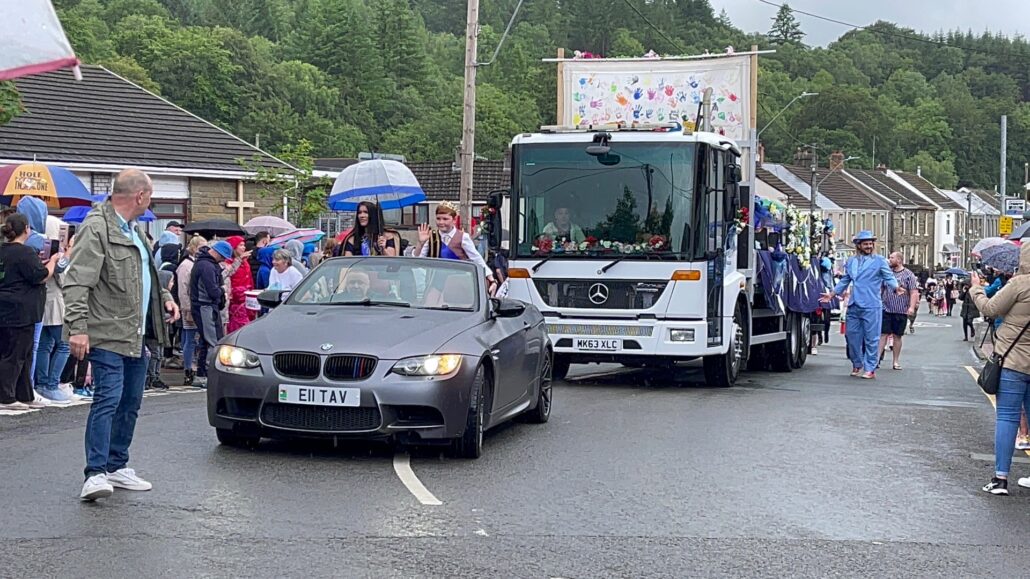
Our RDN photographer Mike wasn’t the only Davies taking pictures for us on Saturday. His daughter Ruth was busy capturing tne scene for us too
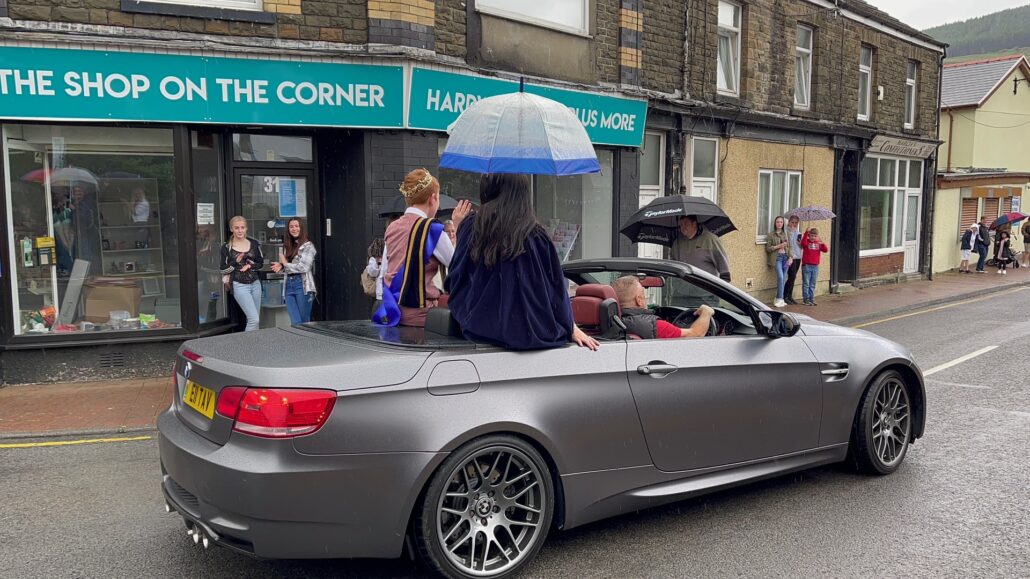
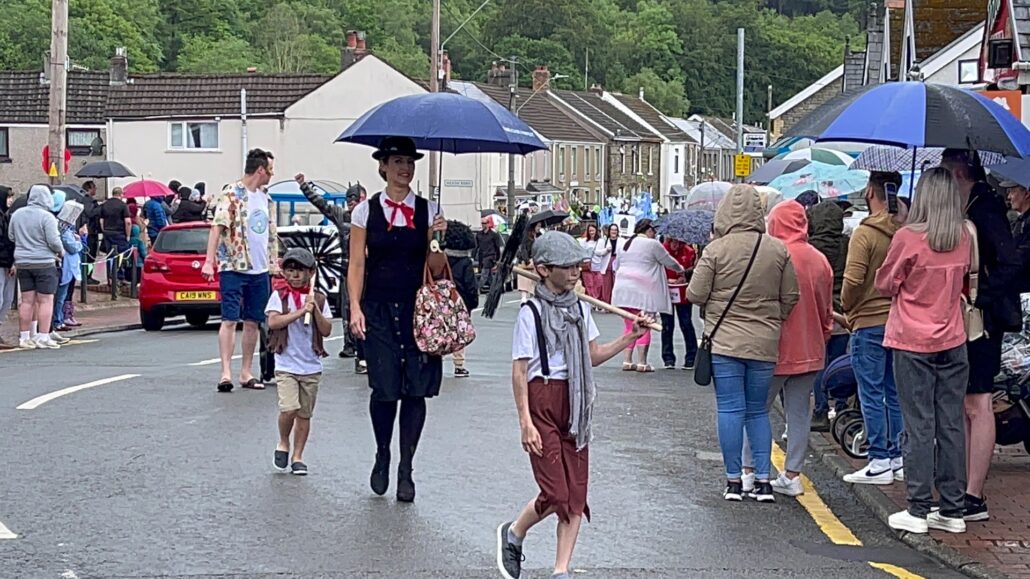
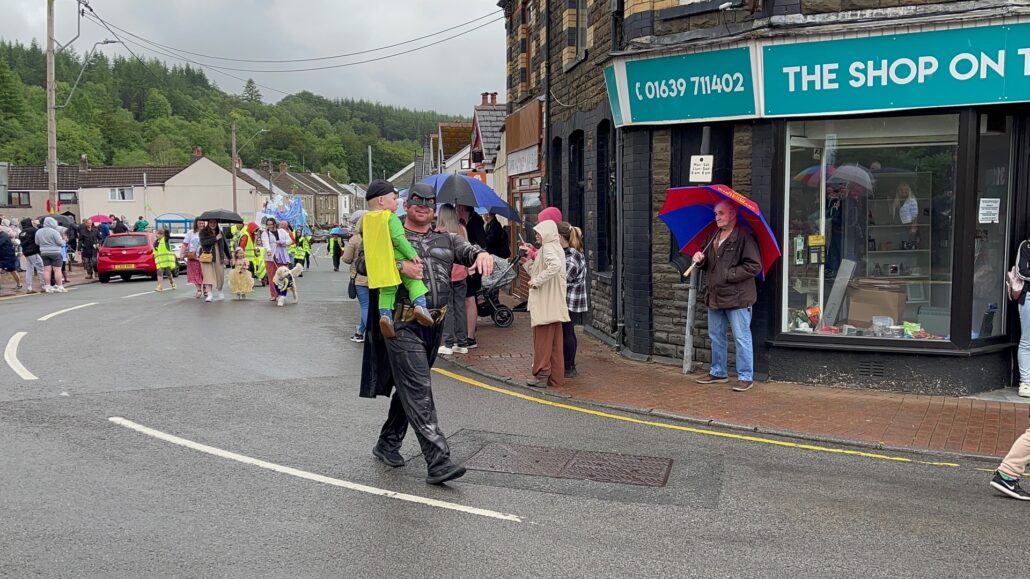
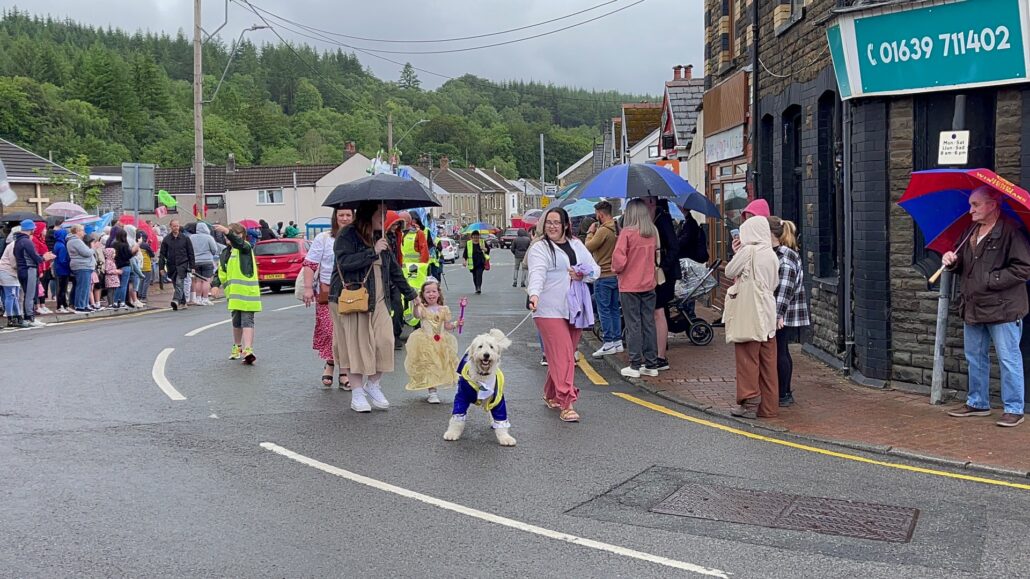
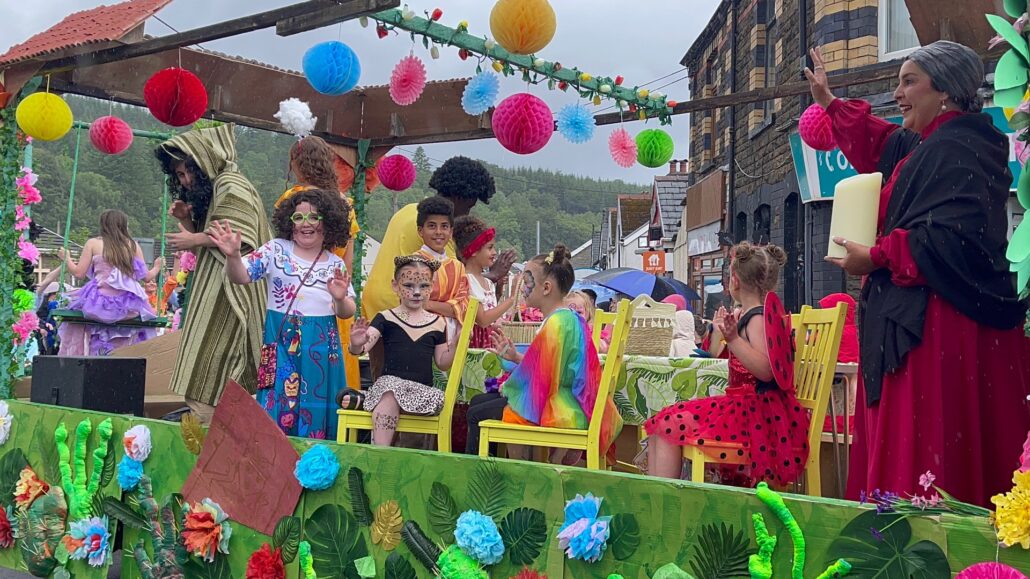


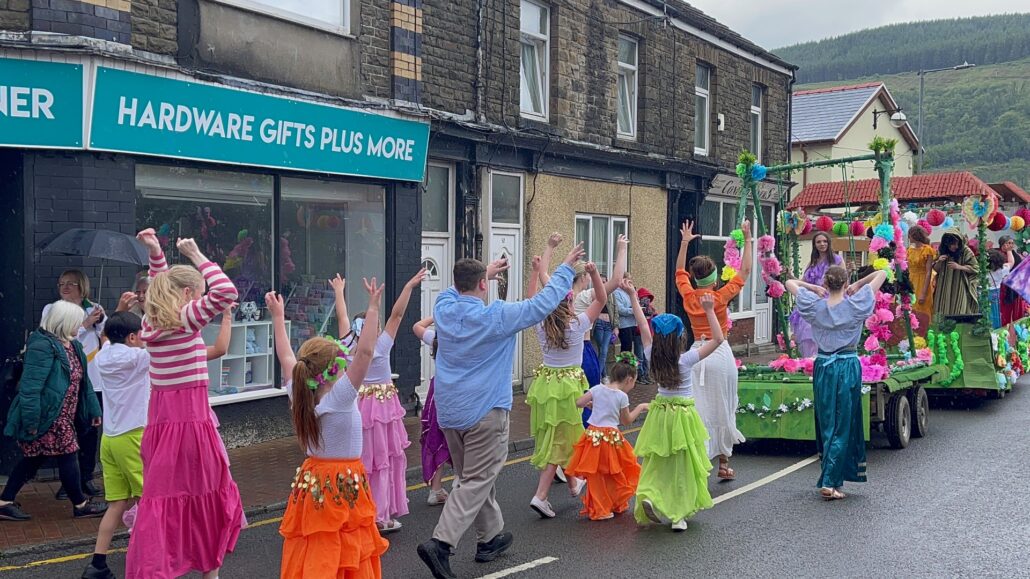
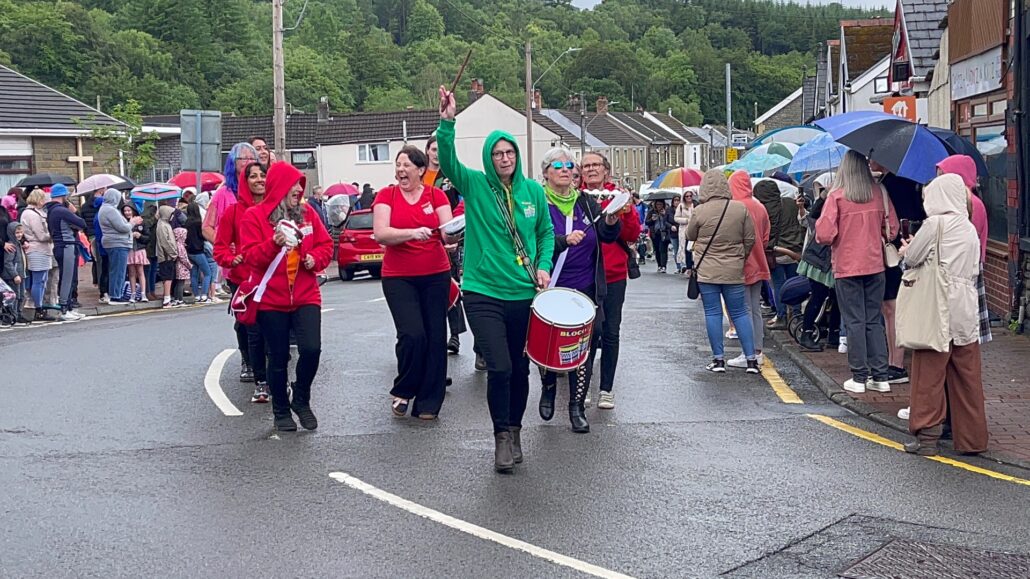


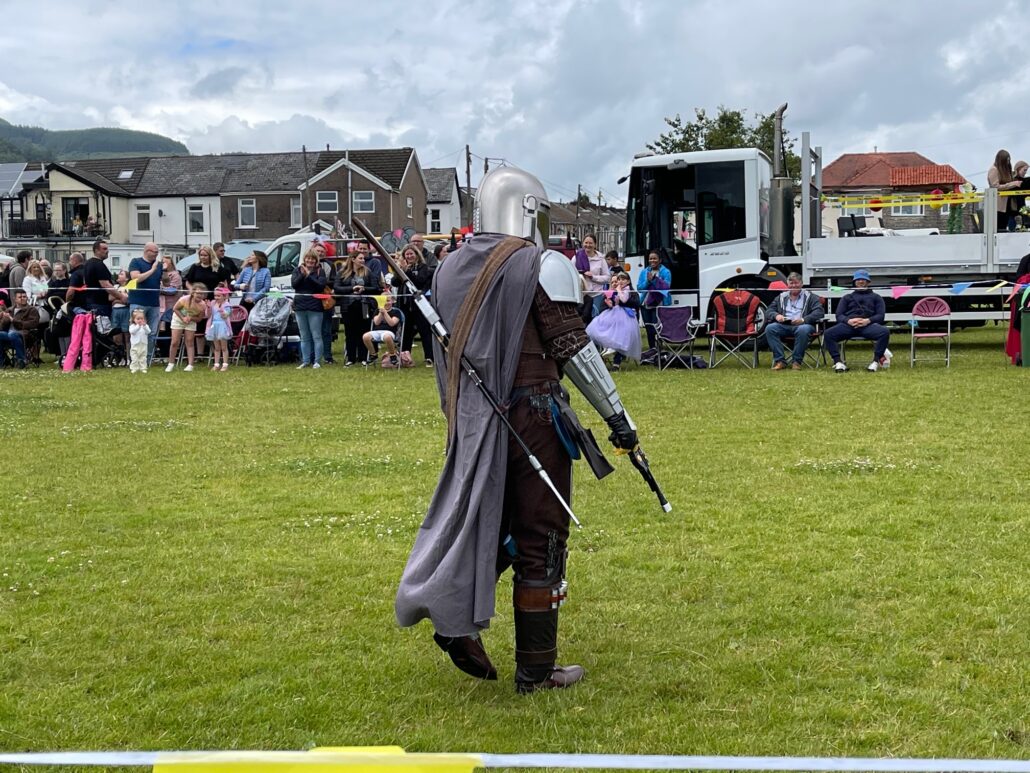
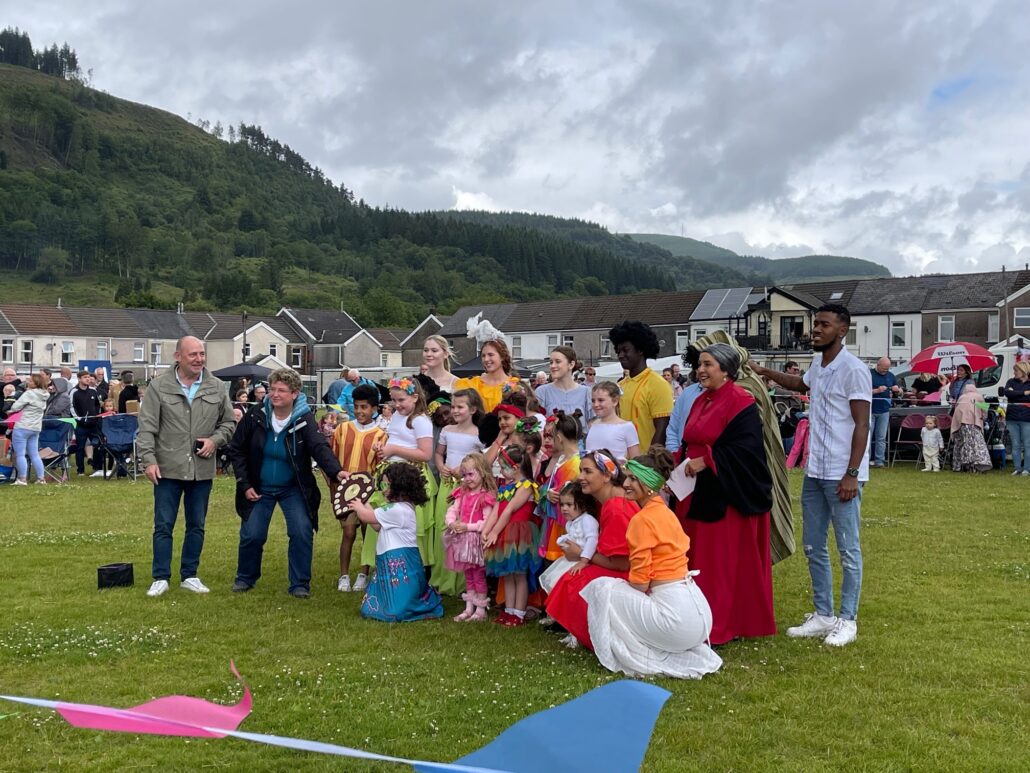
Great shots Ruth. You were taught by a masterr!
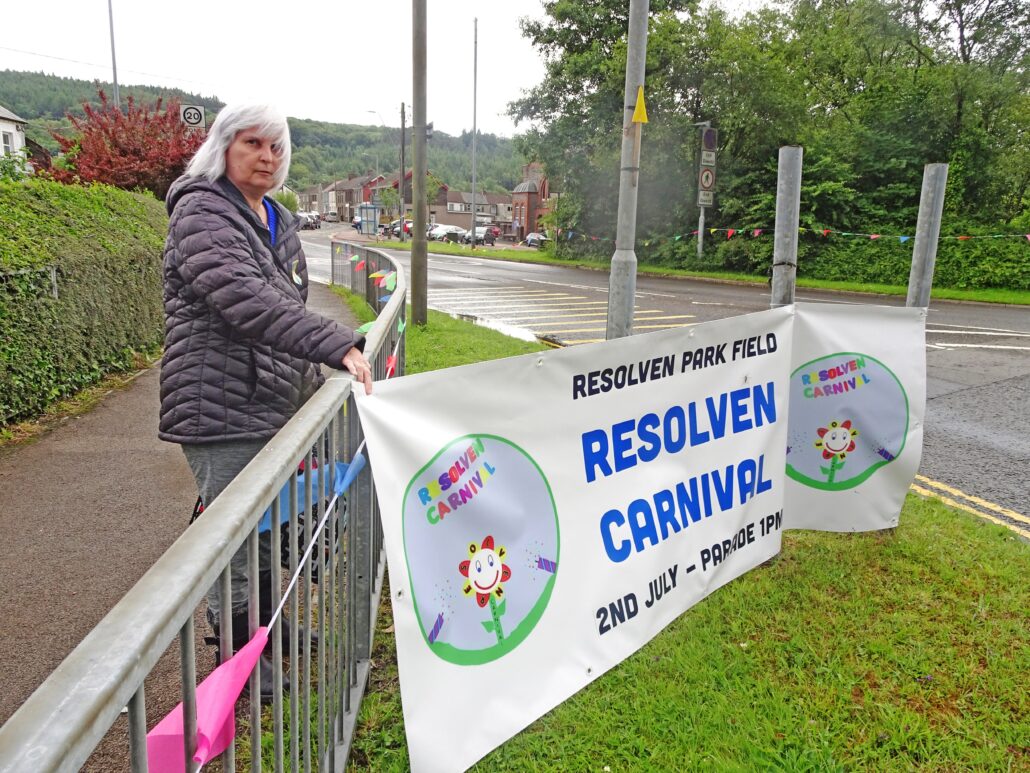
After a 2 year break through Covid restrictions, Resolven Carnival delighted everyone with a colouful display and fun for all on Saturday
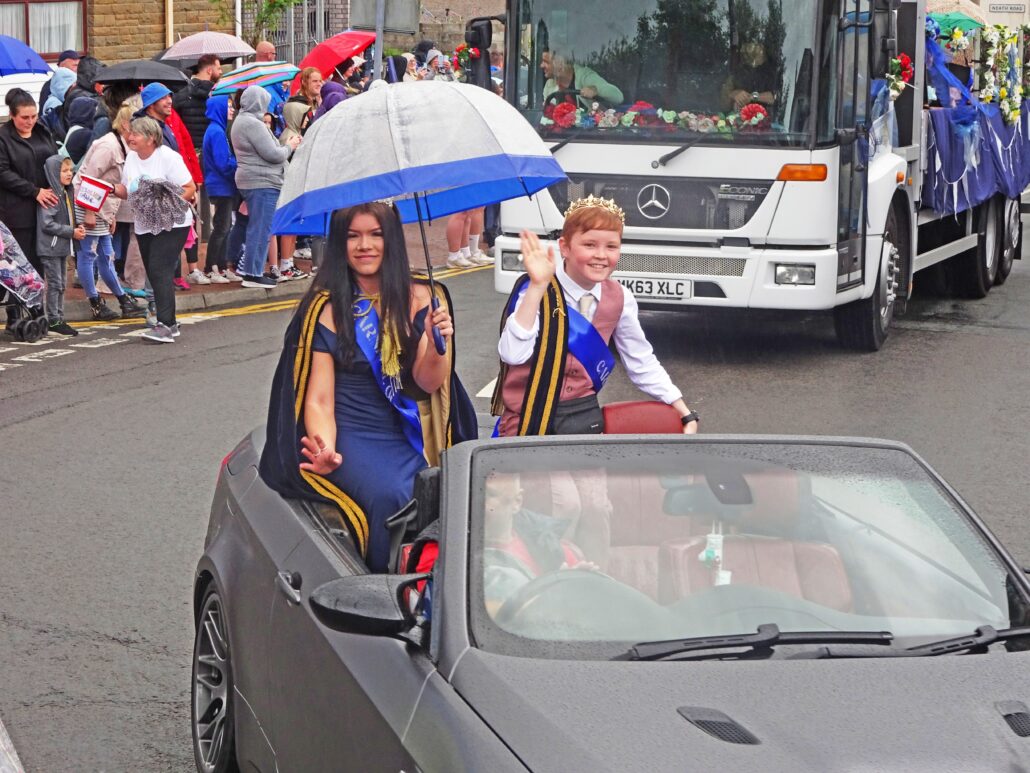

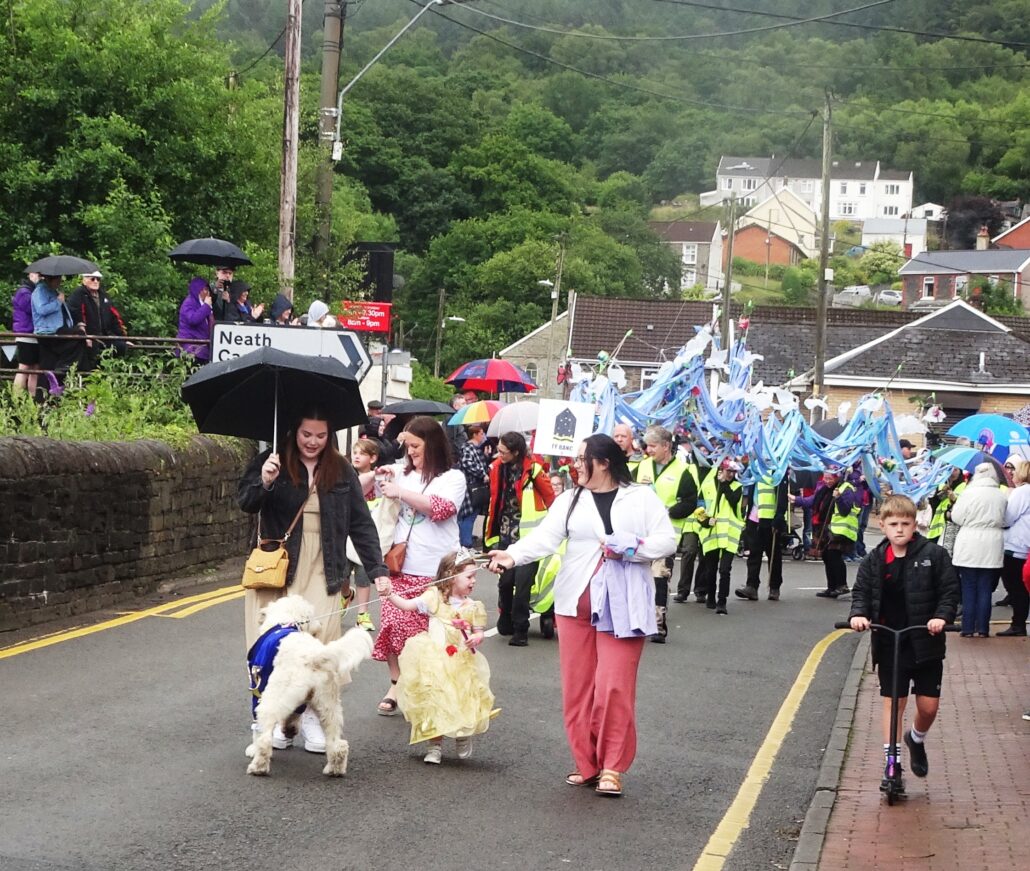
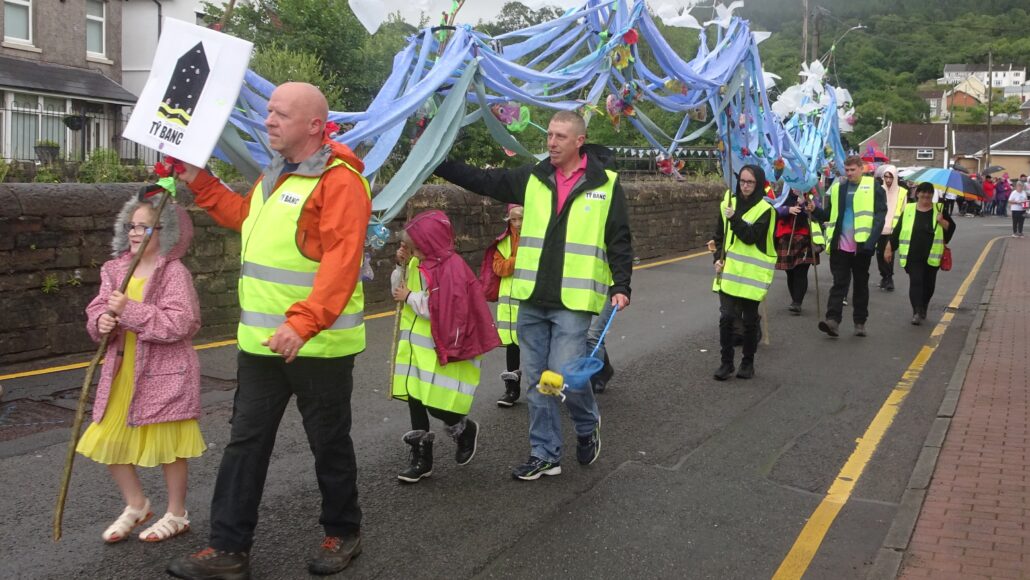
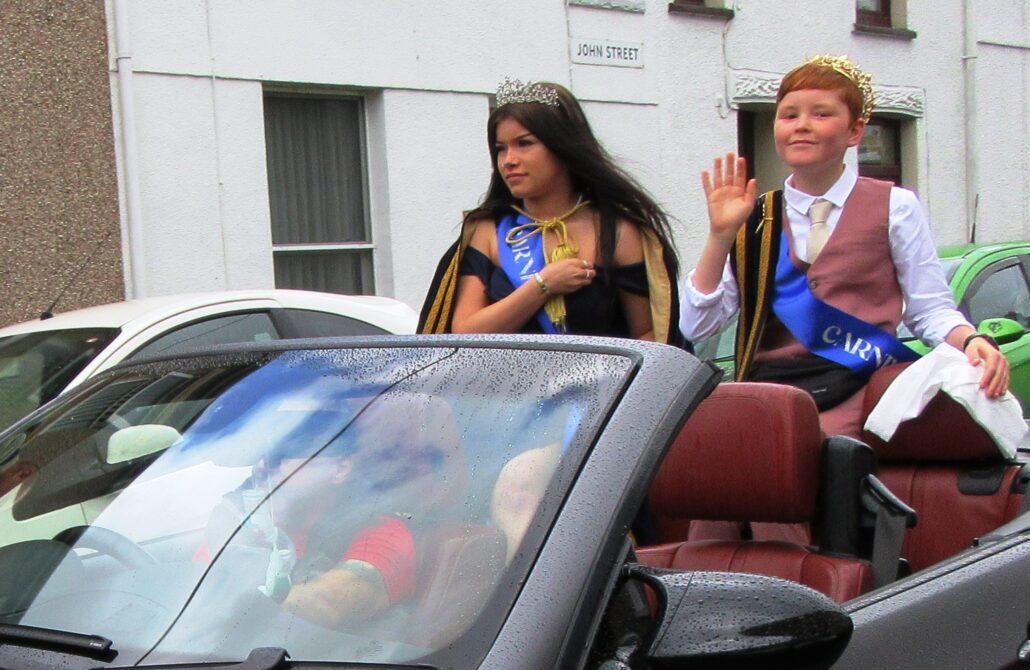

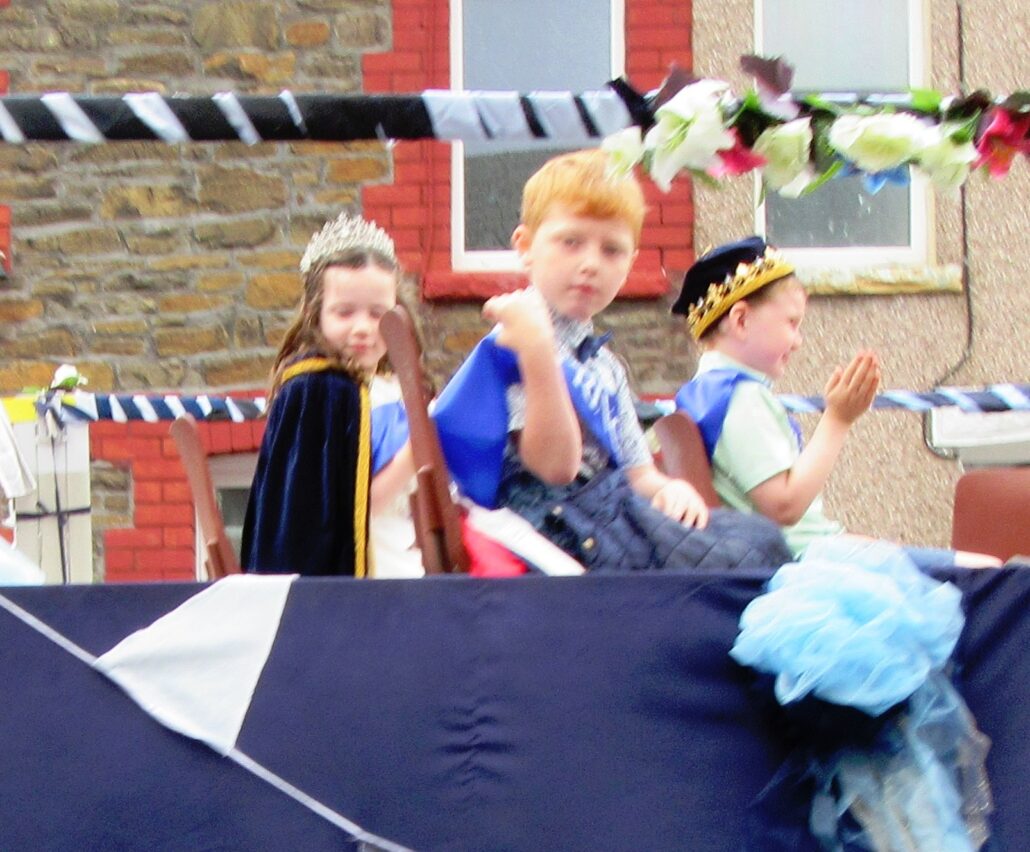

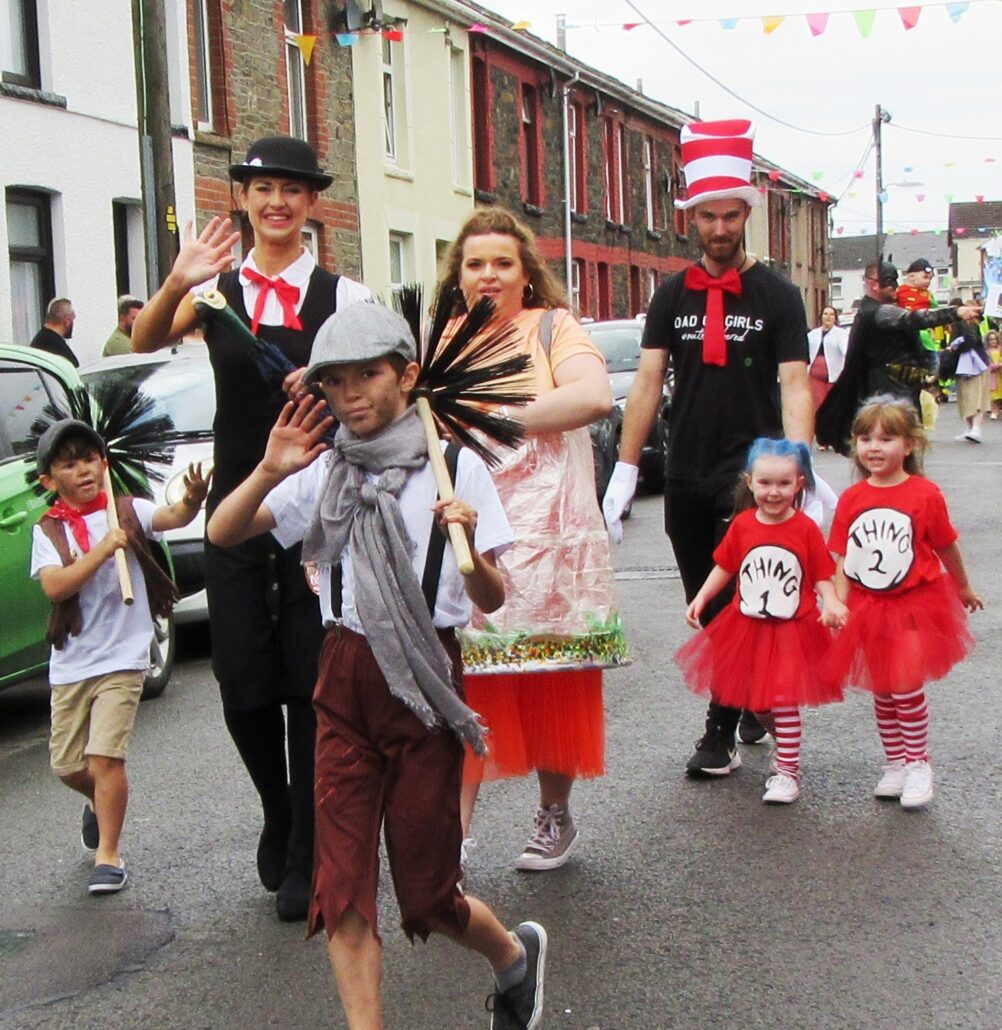
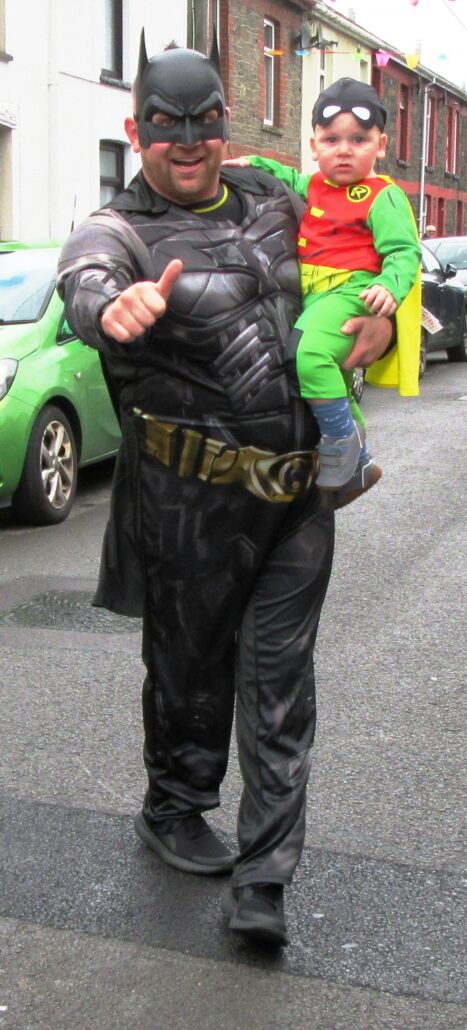
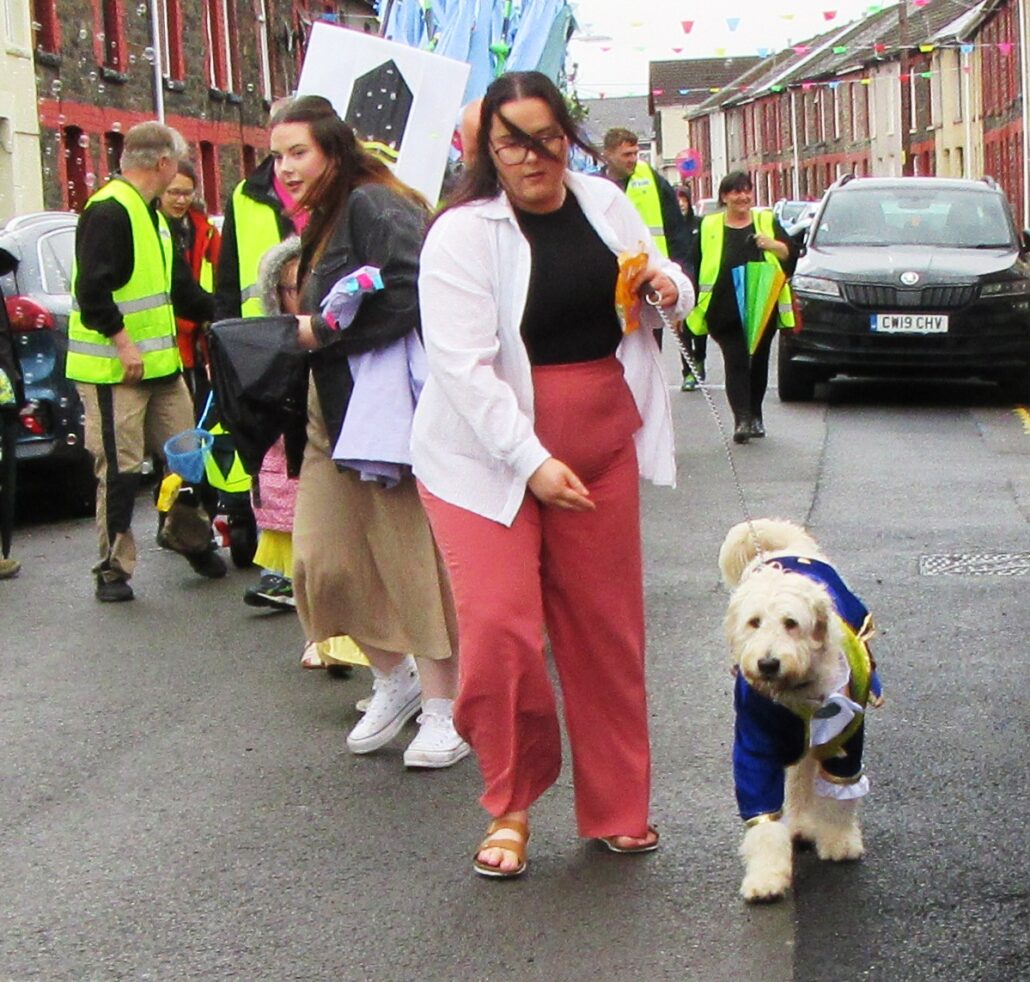
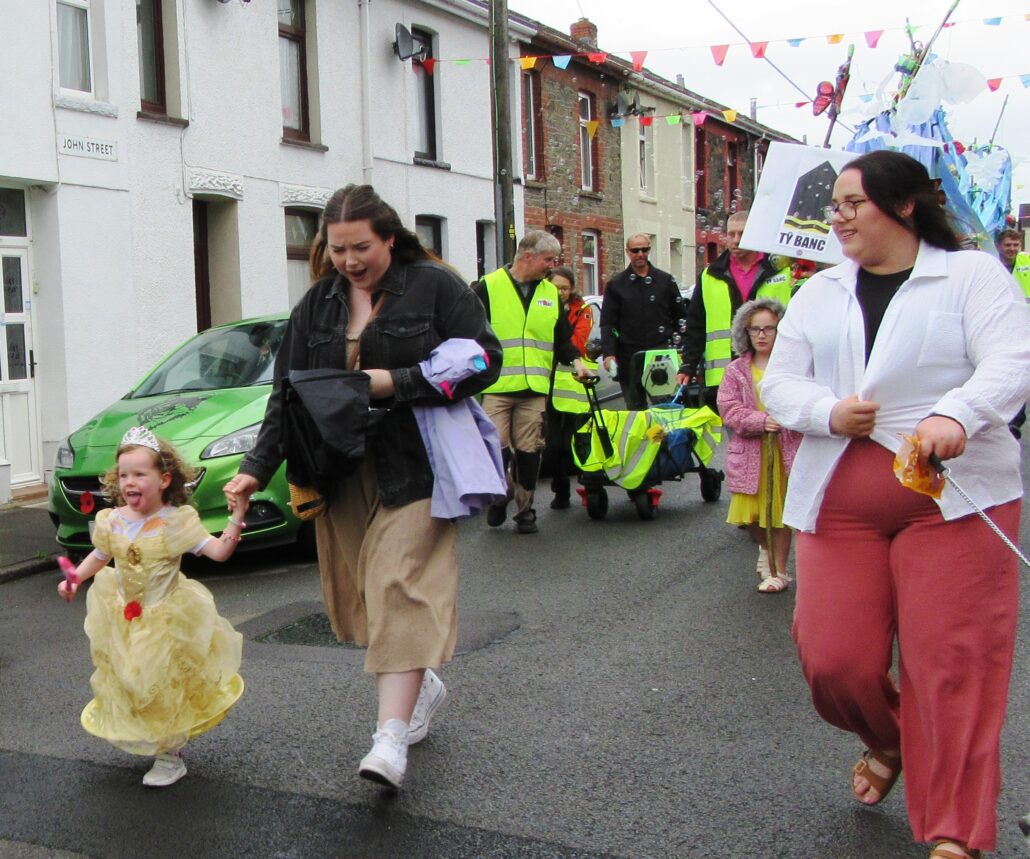
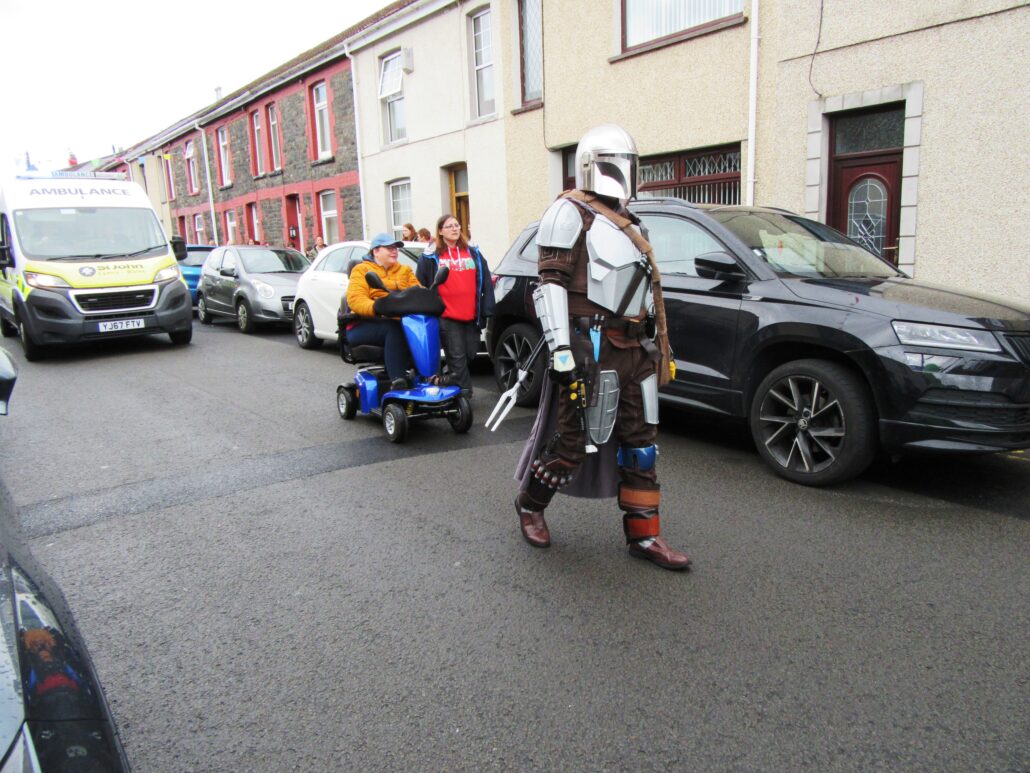
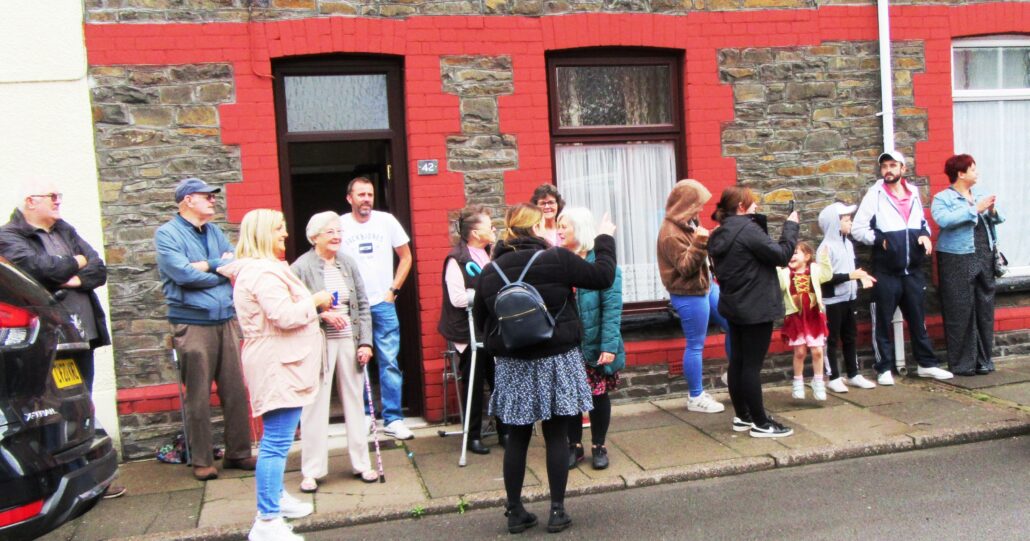
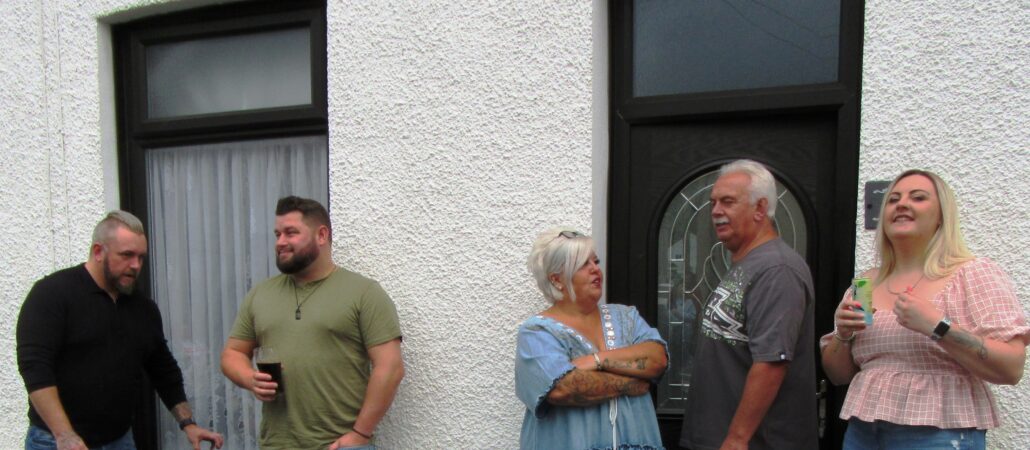
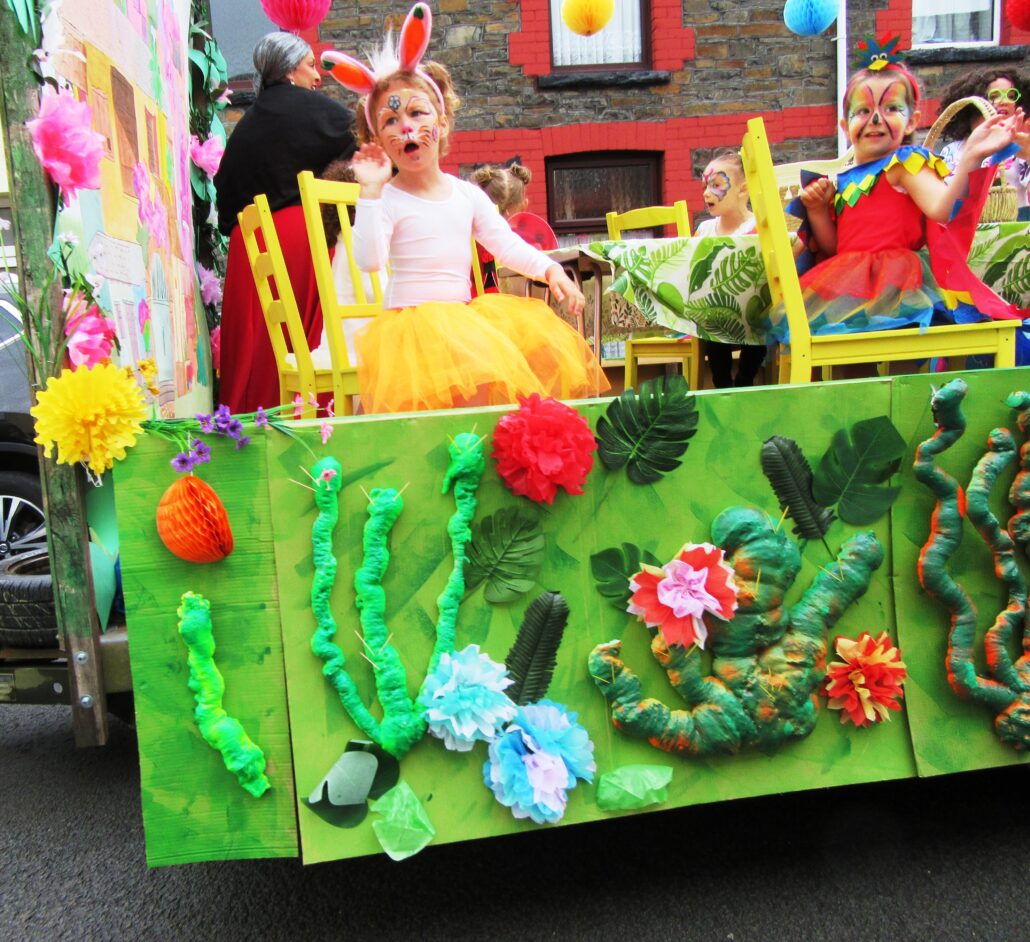
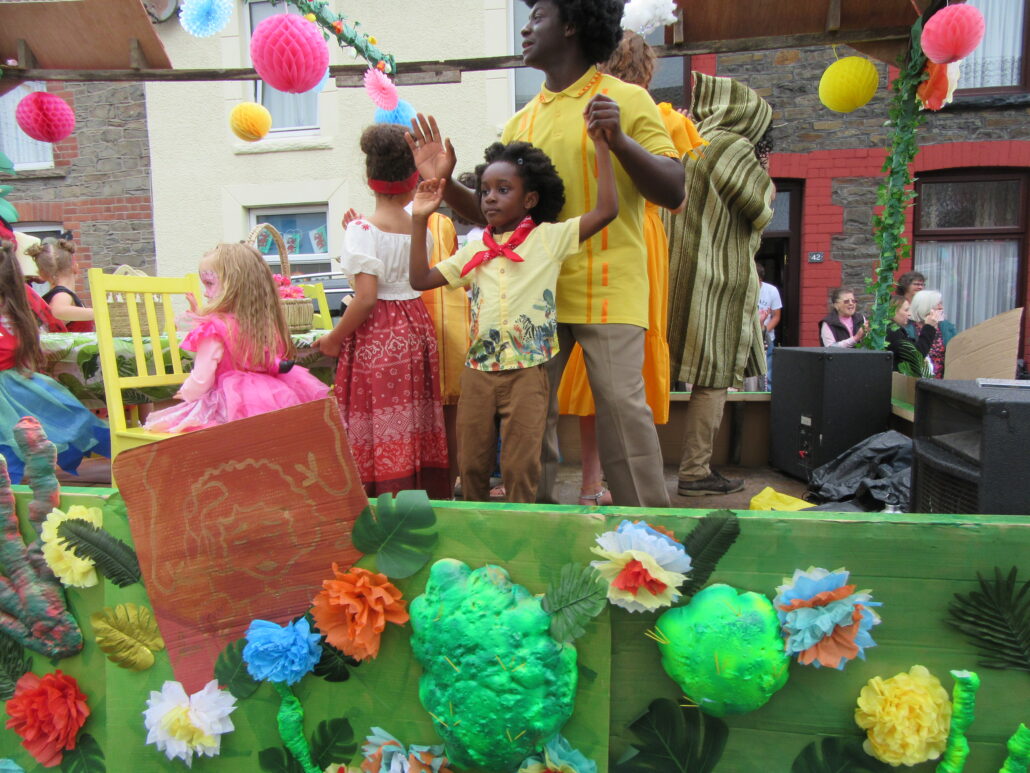

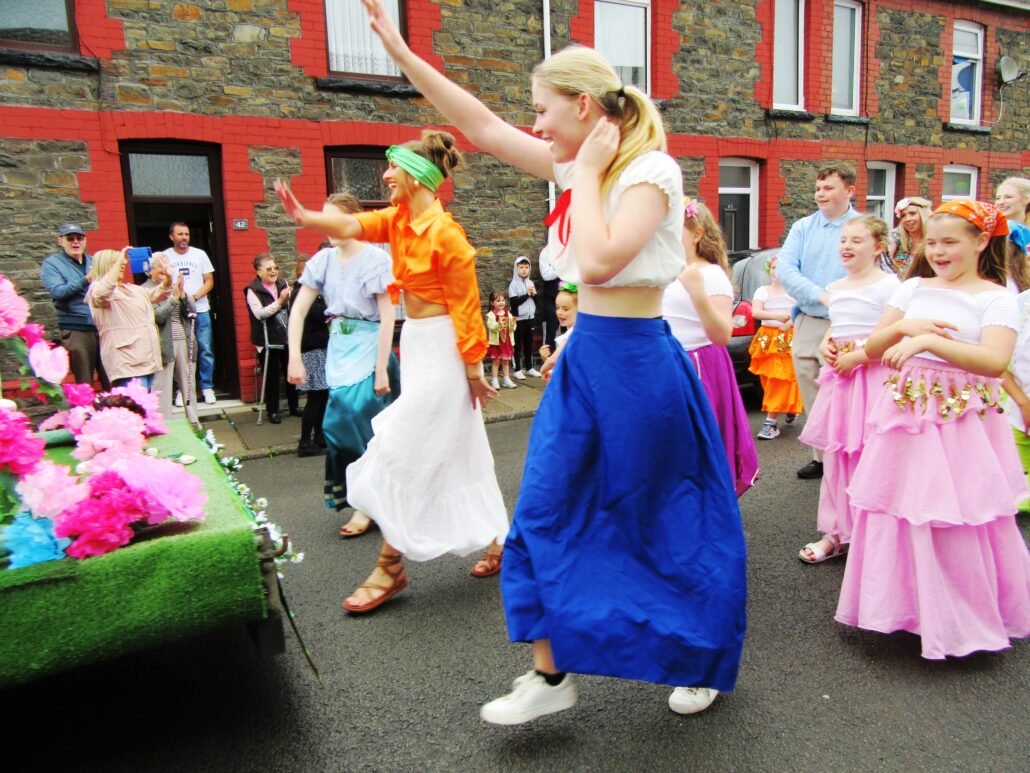
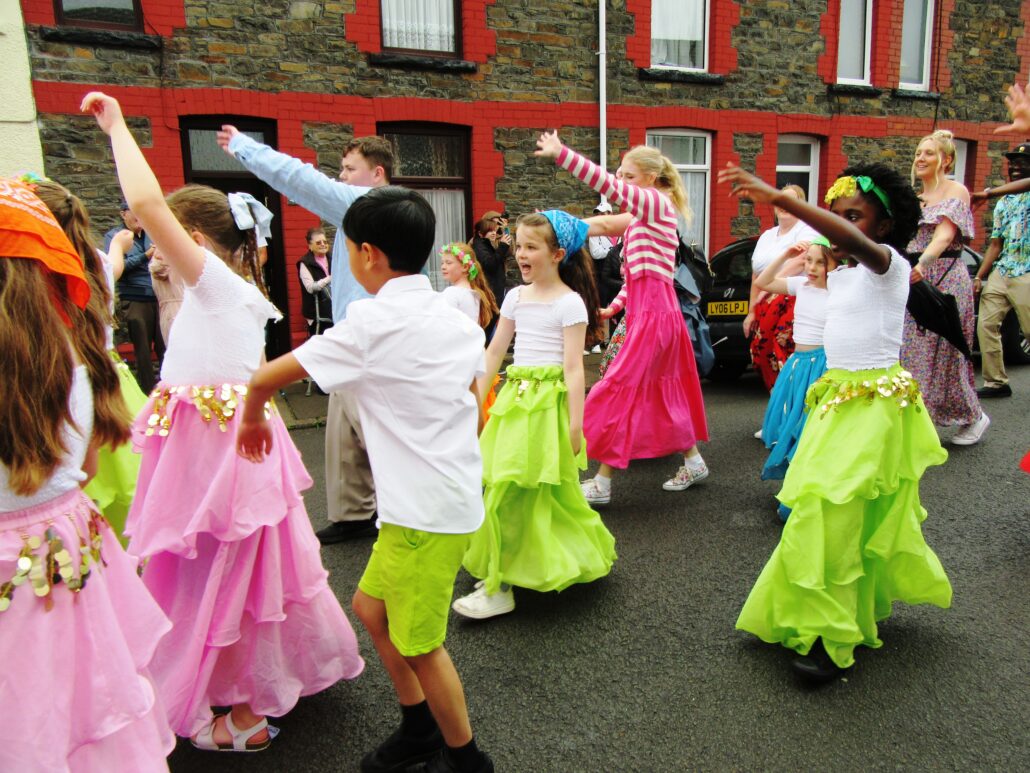


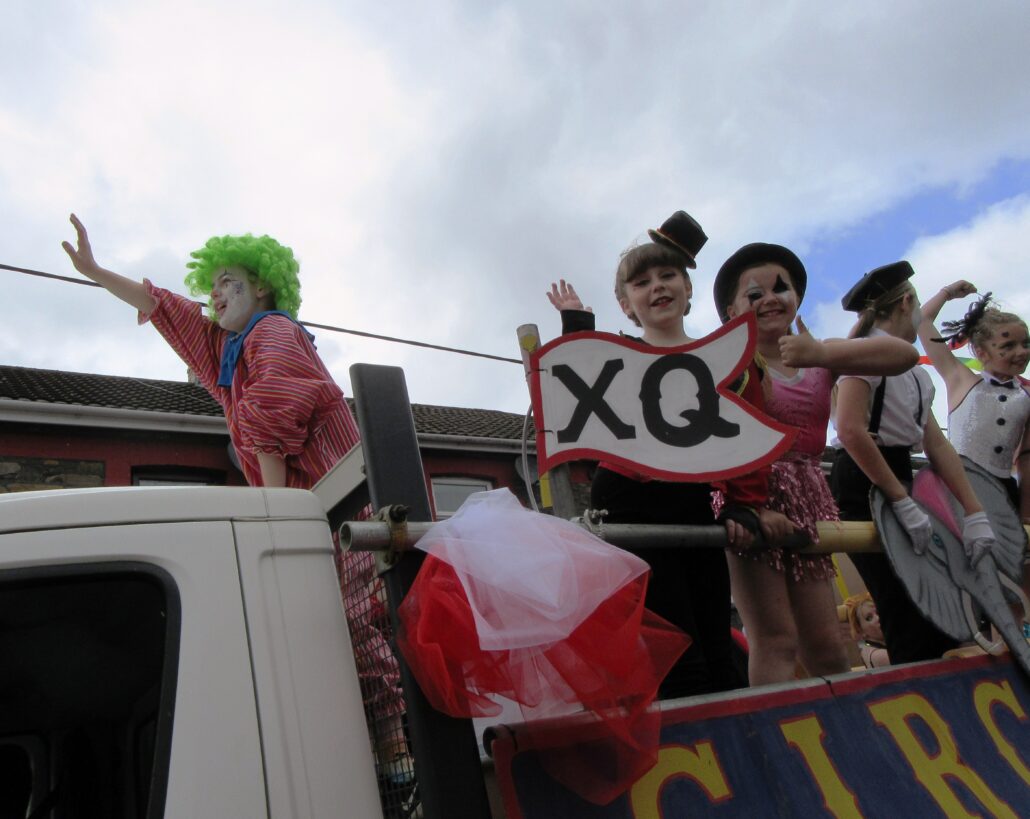

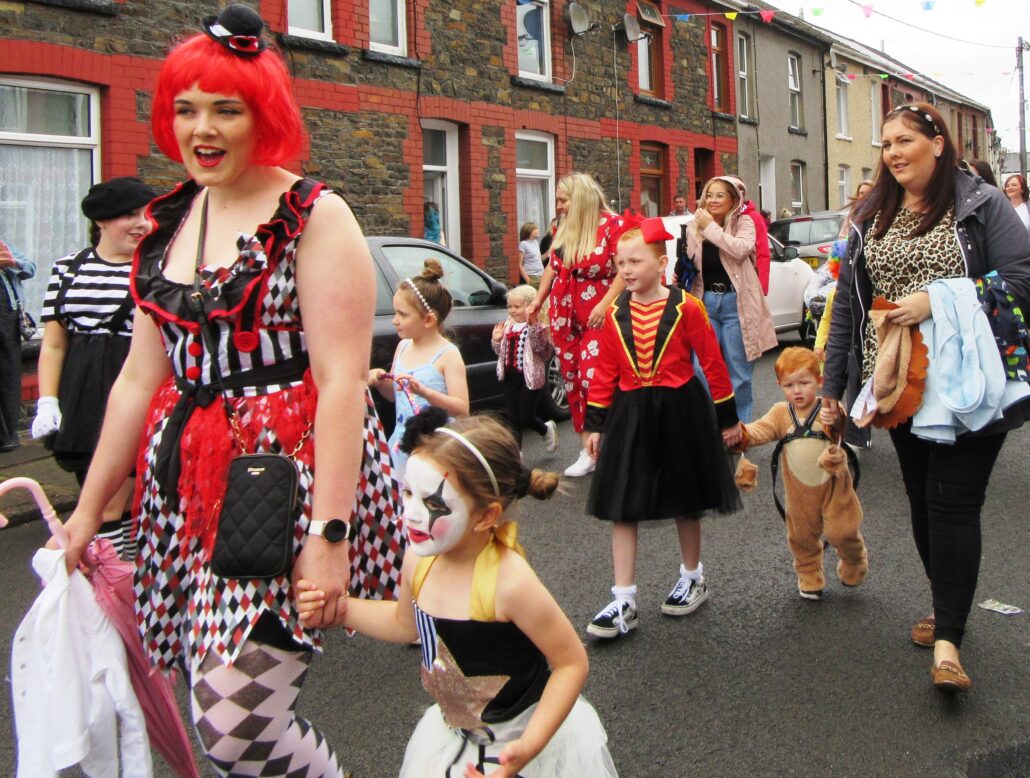
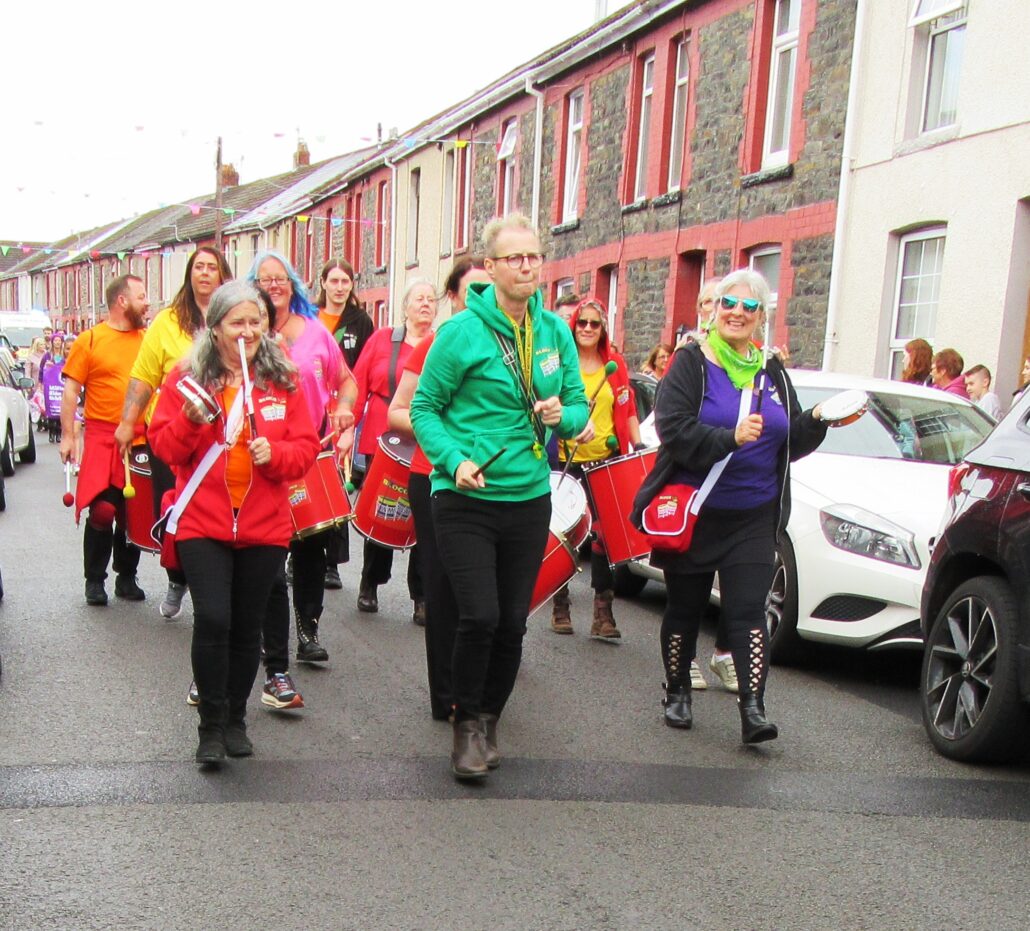

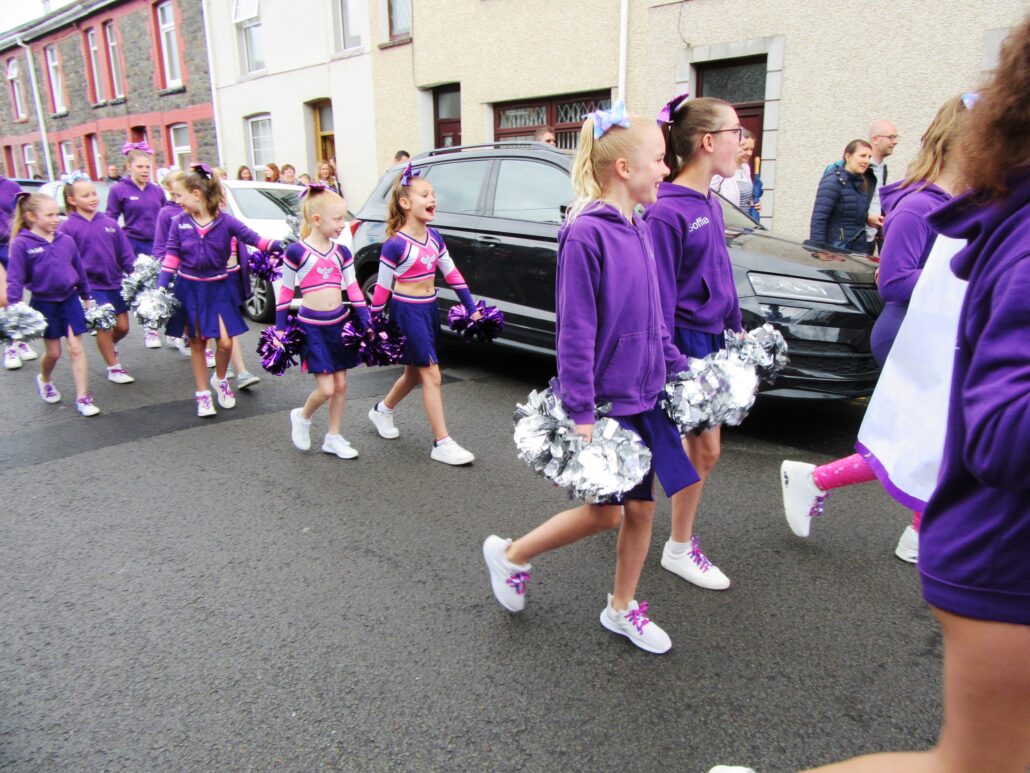


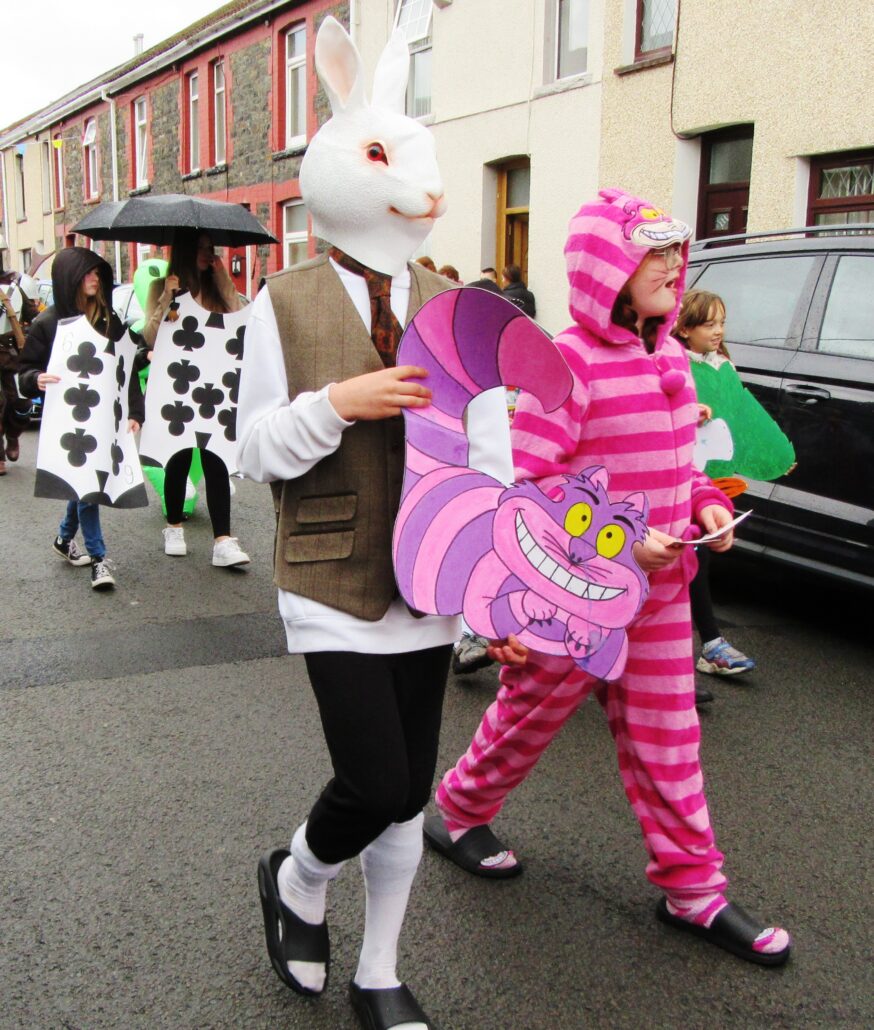
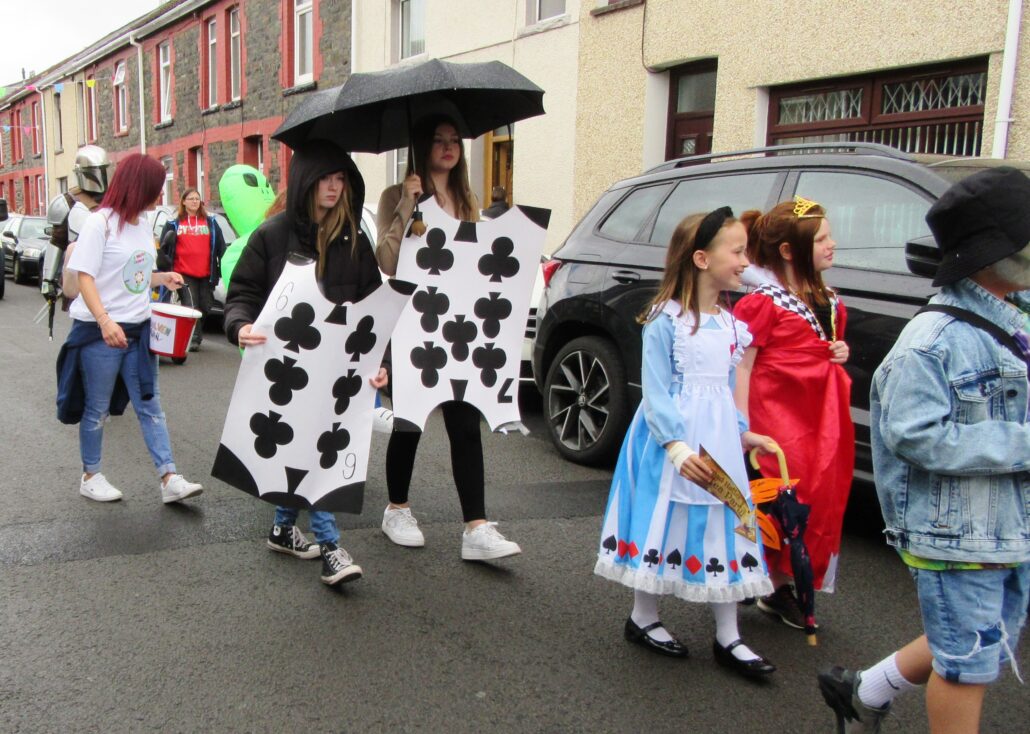
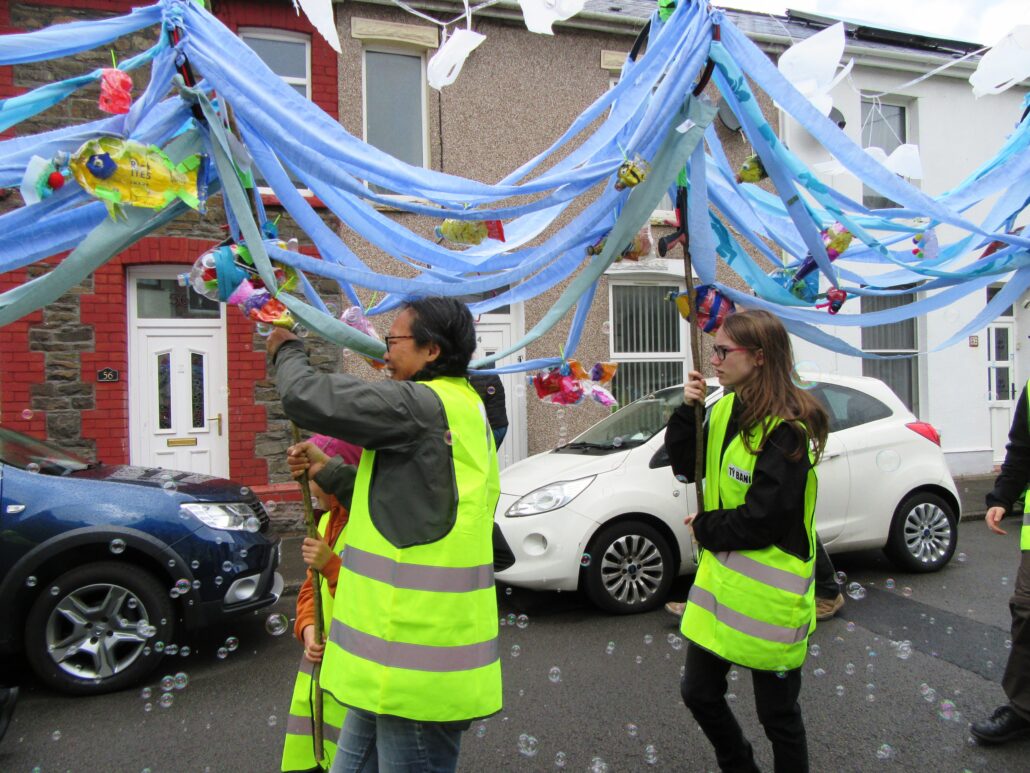
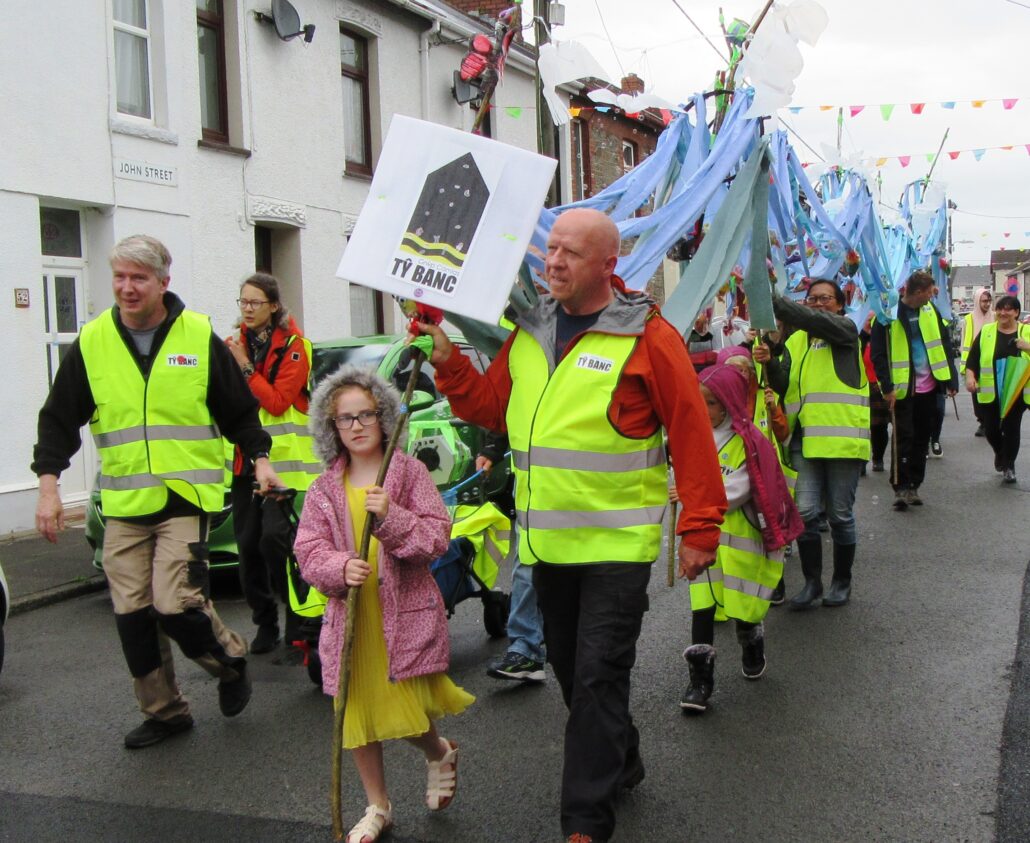
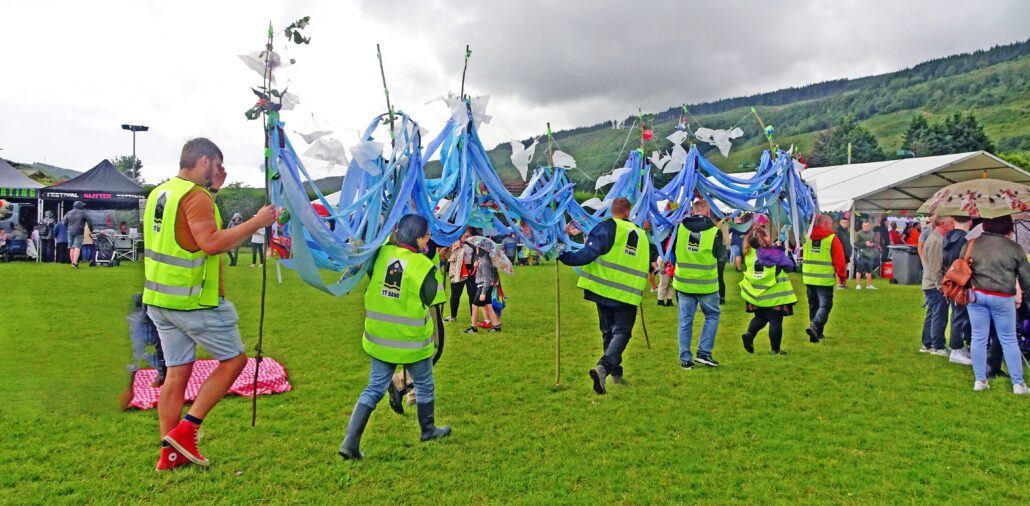
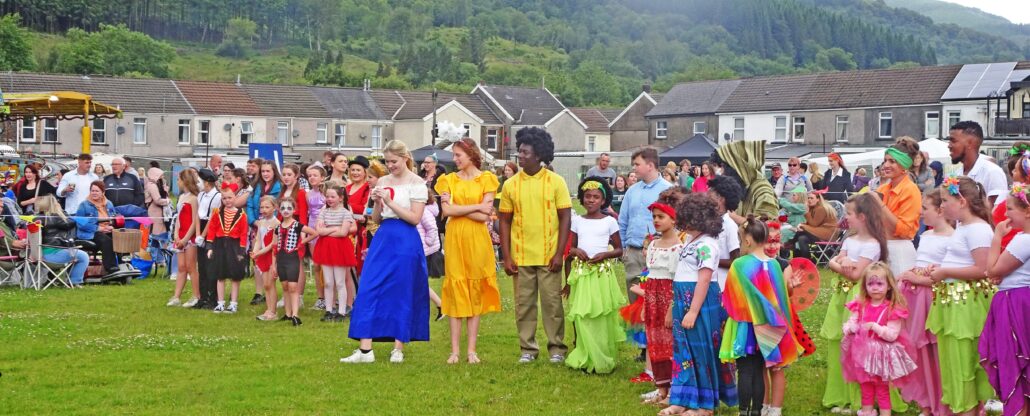

IMAGES by MIKE DAVIES+ Editor+Lots more Carnival pics to come on RDN soon
As an Agored Cymru registered Centre we offer a range of training services; Our up and coming courses are:
Train the Trainer – and can be booked via Eventbrite or contacting Rebecca Parfitt on 01639 710076 or
Sardis held a very successful and enjoyable fun day on Saturday 11th June. It was well attended and there was something for everyone to enjoy, including a splendid red fire engine to examine. Here you can join in the fun by looking at these pictures.
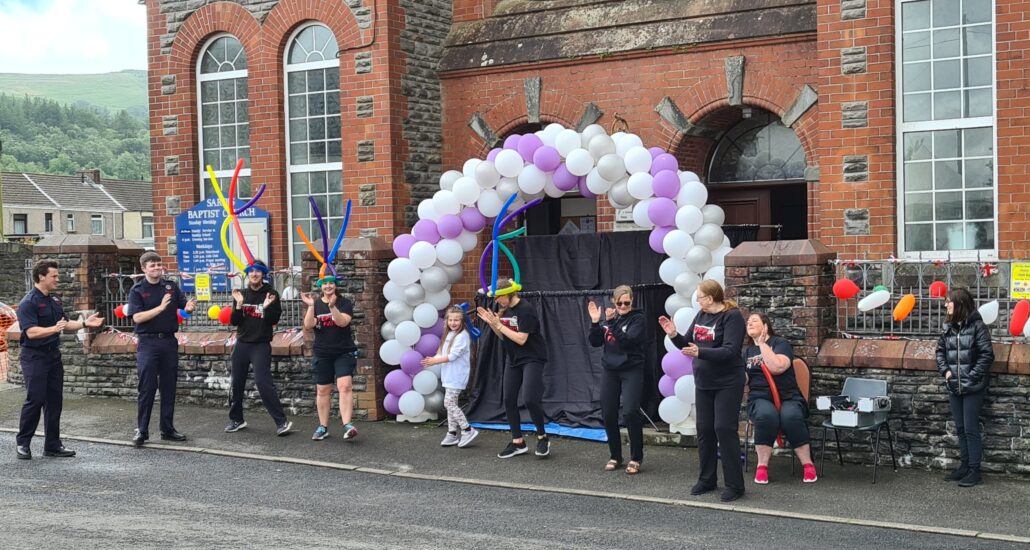
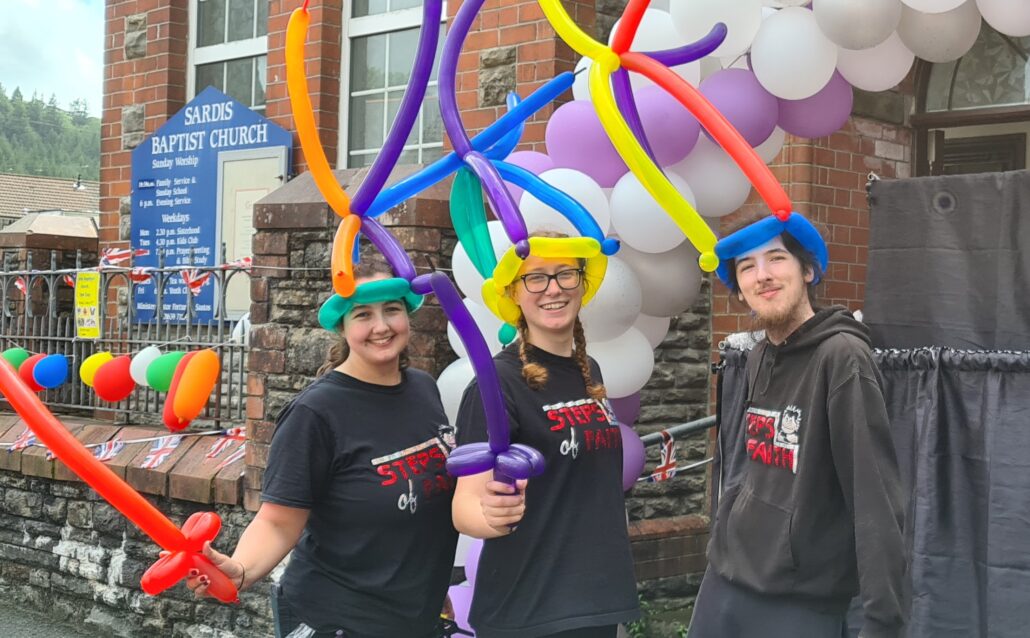
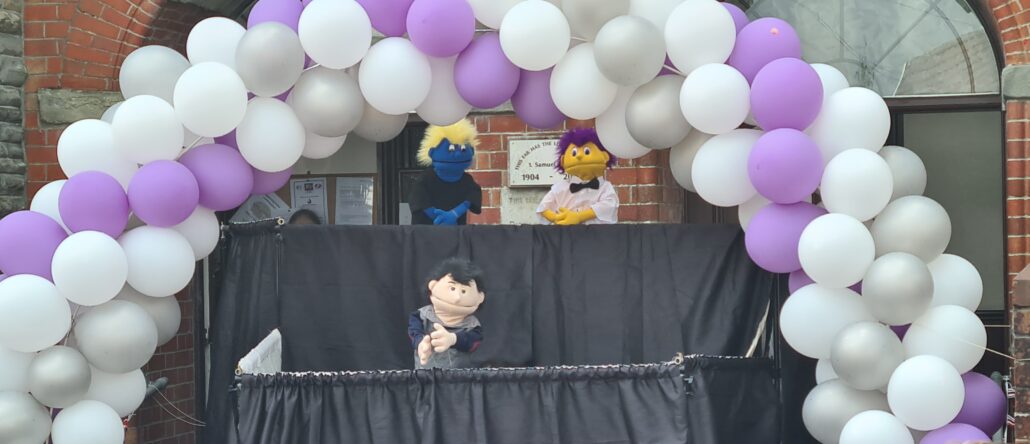
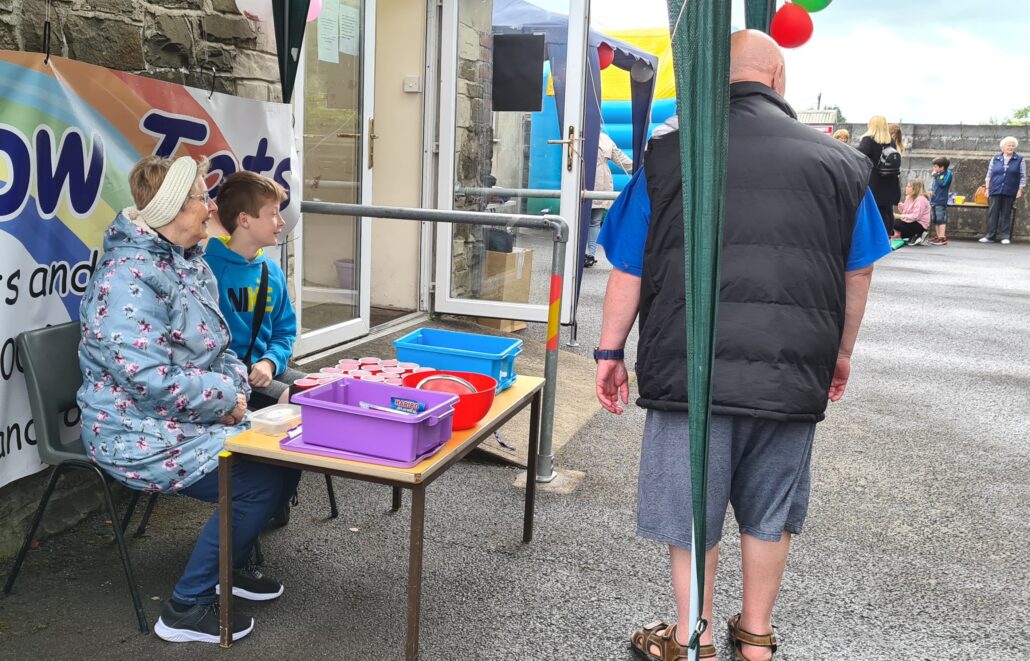
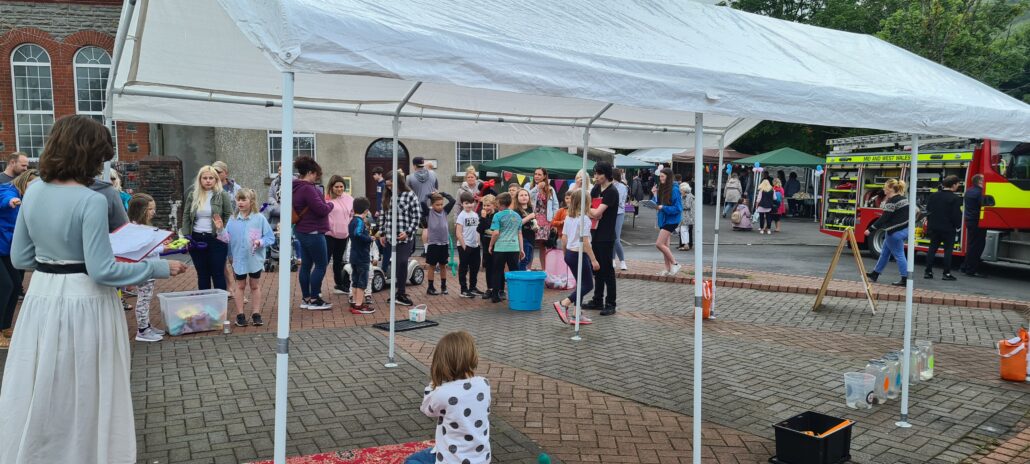
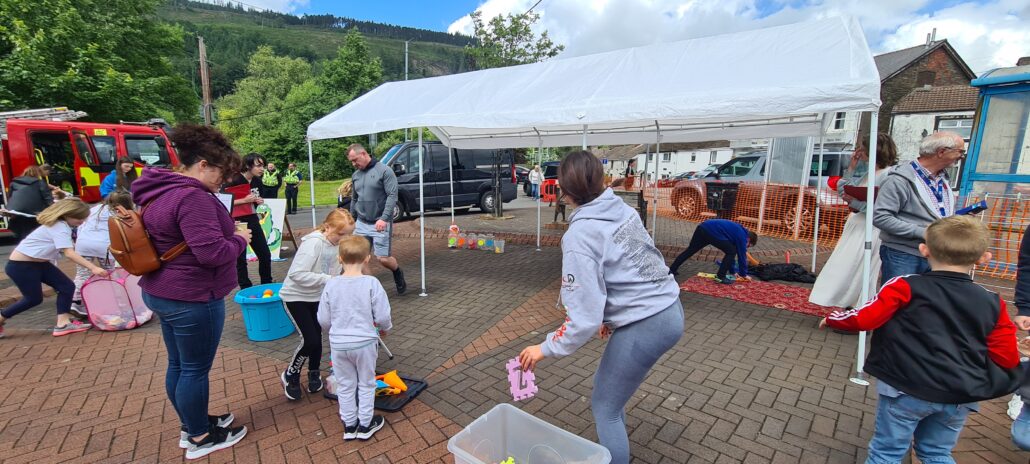
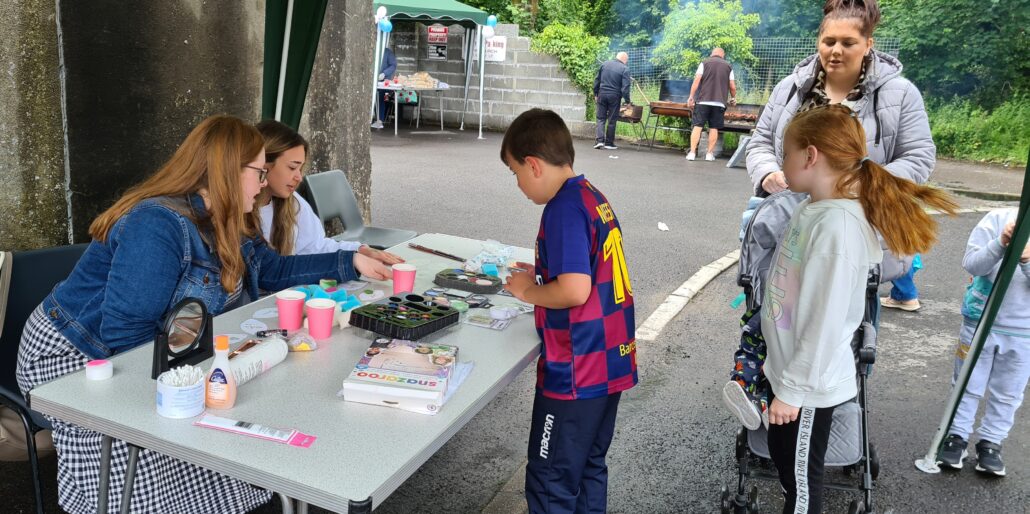

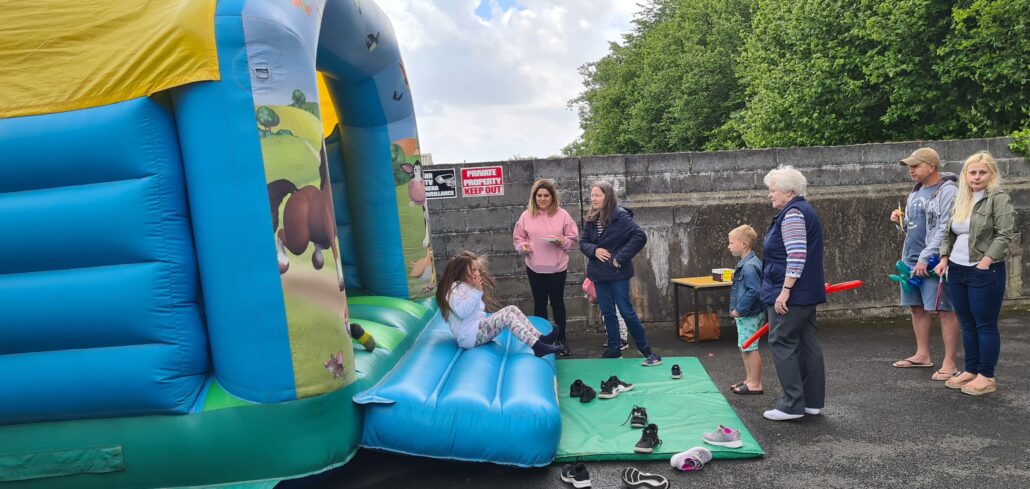



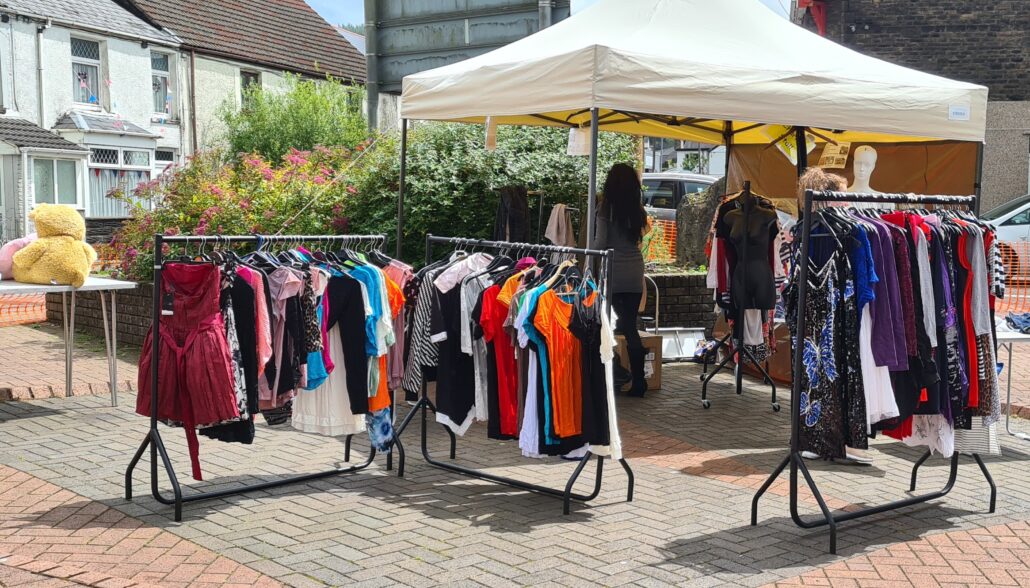
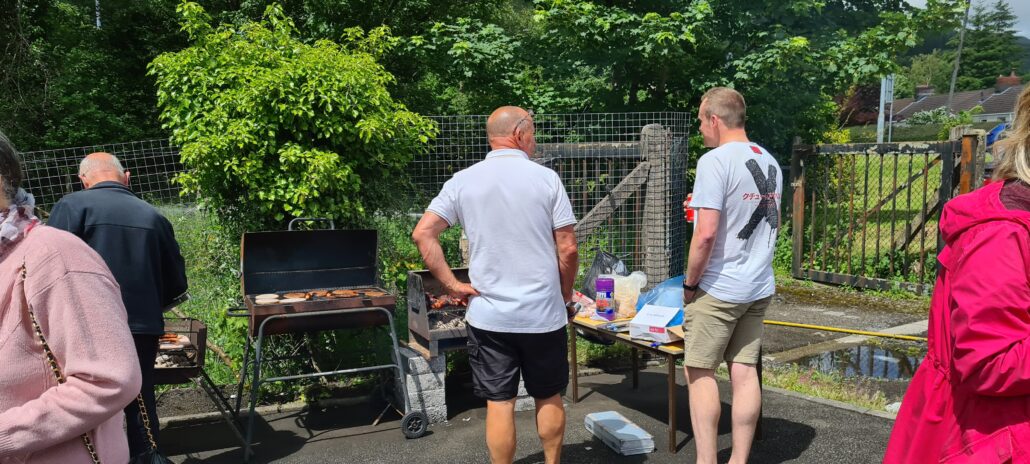
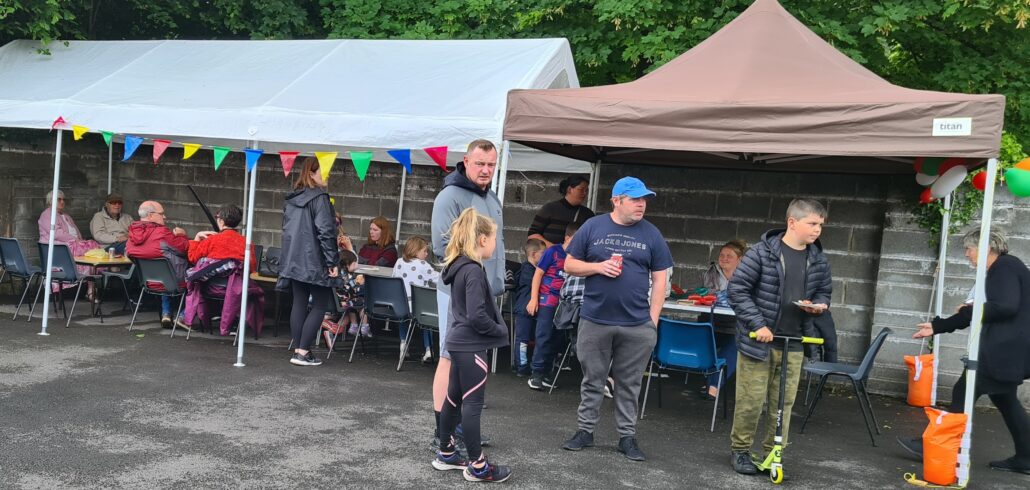
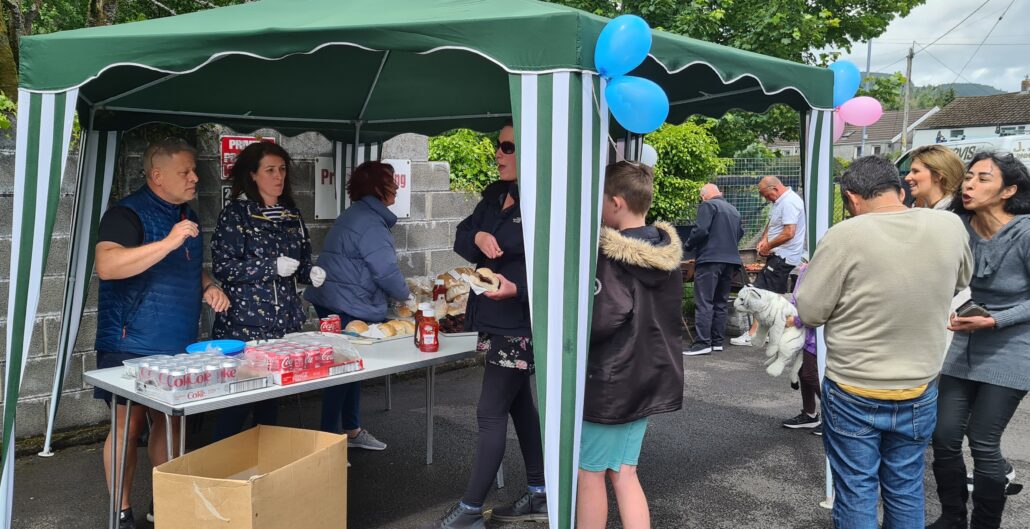
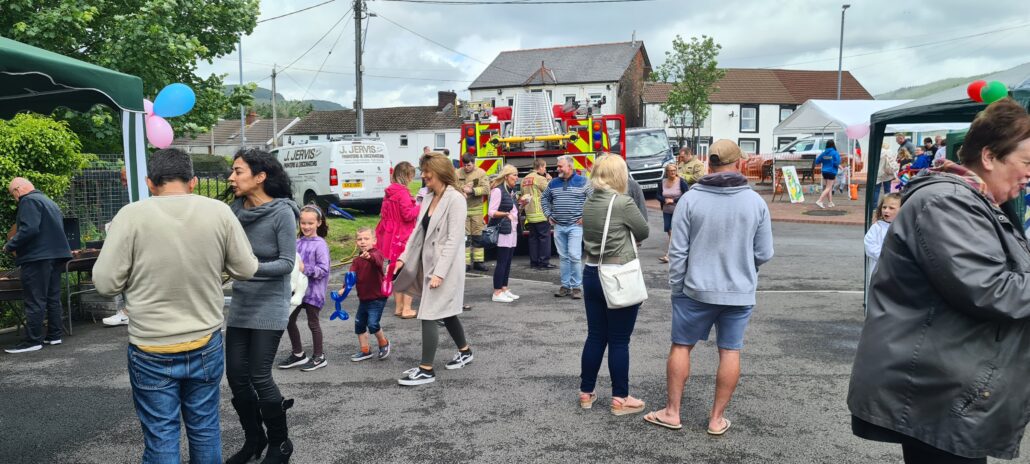
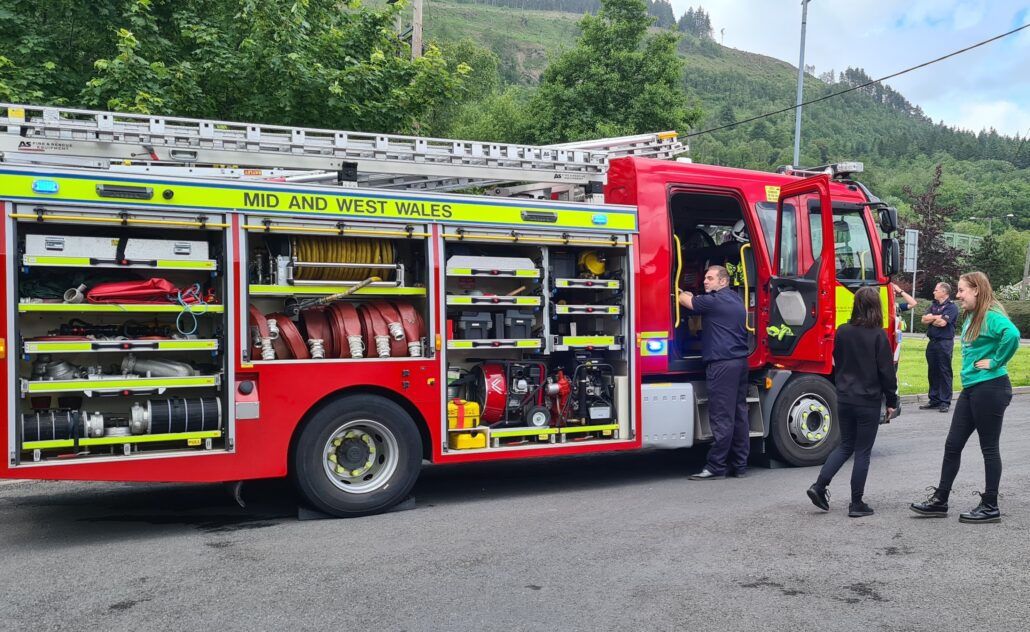
REPORT AND IMAGES BY Natasha Williams
5 June 2022

Resolven Bowls Club celebrated it’s 90th Birthday in style with an Open Tournament attended by local players joined by current and former International bowlers including most of the current Commonwealth Games ladies and men’s teams.

The photograph shows competitors who took part in the ‘THE NINETY’ Tournament
Mike Herbert was the tournament convener {kneeling} assisted by Andrew Hopkins to his left.
An innovative tournament format with in-game substitutes was a 2 bowl triples (3 players bowling 2 bowls each against 3 opponents) playing 2 Sets of 6 ends each, with up to 7 points awarded for various parts of each game. Also a time limit of 70 minutes per game was imposed.
Many very well known International and local bowlers were invited to enter a team. People interested in watching TV bowls will recognise some names in the table below. The names highlighted in colour were the seeded players/teams.
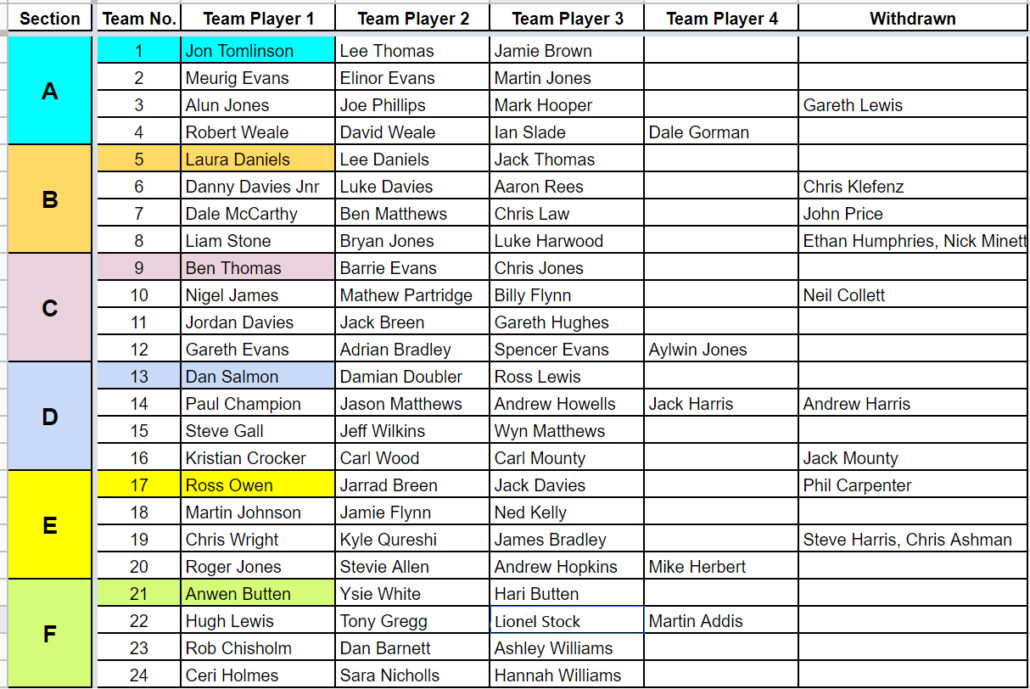

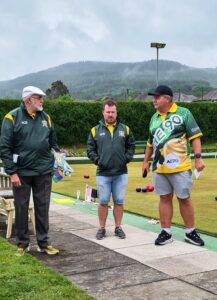
Before the tournament began, the Umpire checked that the bowls used were stamped to the required date and, on the right, Tournament convener Mike Herbert, wearing the specially designed ‘THE NINETY’ shirt, is in discussion with Andrew Hopkins, RBC Treasurer/Vice Chair and Hugh Lewis, RBC President.
~ ~

Two days before the tournament date, preparation was ahead of schedule with a marquee erected as protection for spectators etc. Another larger marquee had been erected nearer the entry gate as a changing area for those taking part.
At 6.15 a.m. the morning before the tournament it was seen that the two marquees erected were badly damaged by North Easterly winds, as seen in the following photographs.
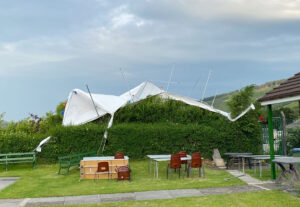
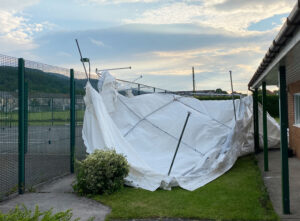
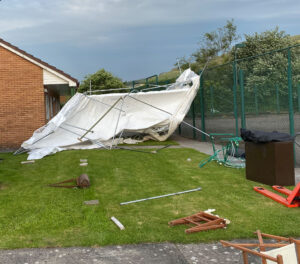
Resolven Bowls Club members/volunteers, with the help of the Groundsman, Roy Gillespie had a massive task to clean up, make safe and prepare for the tournament starting at 8.30 a.m. the following morning.
All damaged structures were removed and the decision was made to assemble what remained of the structures the morning of the tournament.
Work started at 6.45a.m. on the day and with great organisation and effort from everyone involved, the first Sectional play for ‘THE NINETY’ did start on time.
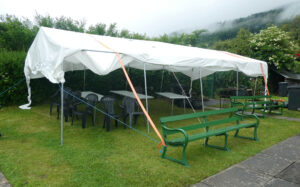
Partly salvaged marquee for spectators.
For the first 36 of the bowlers, it was a very early start on the green, some of whom had travelled from an extremely wet and partially flooded Prestiegne in Radnorshire. Fortunately Resolven only had light rain early in the day and during the evening Final.
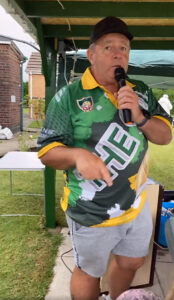
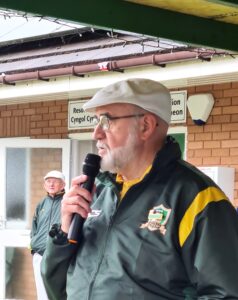
Mike Herbert kicked off the tournament at 8.30 a.m.
The whole event would not have been possible without the sponsors which included PEN-Y-CYMOEDD Wind Farm, David Kingdom at ‘FULL BIAS’, AERO Bowls, Resolven Community Council and Short Brothers Homes.
Between the first and second sessions, Hugh Lewis welcomed everyone and thanked the Sponsors.
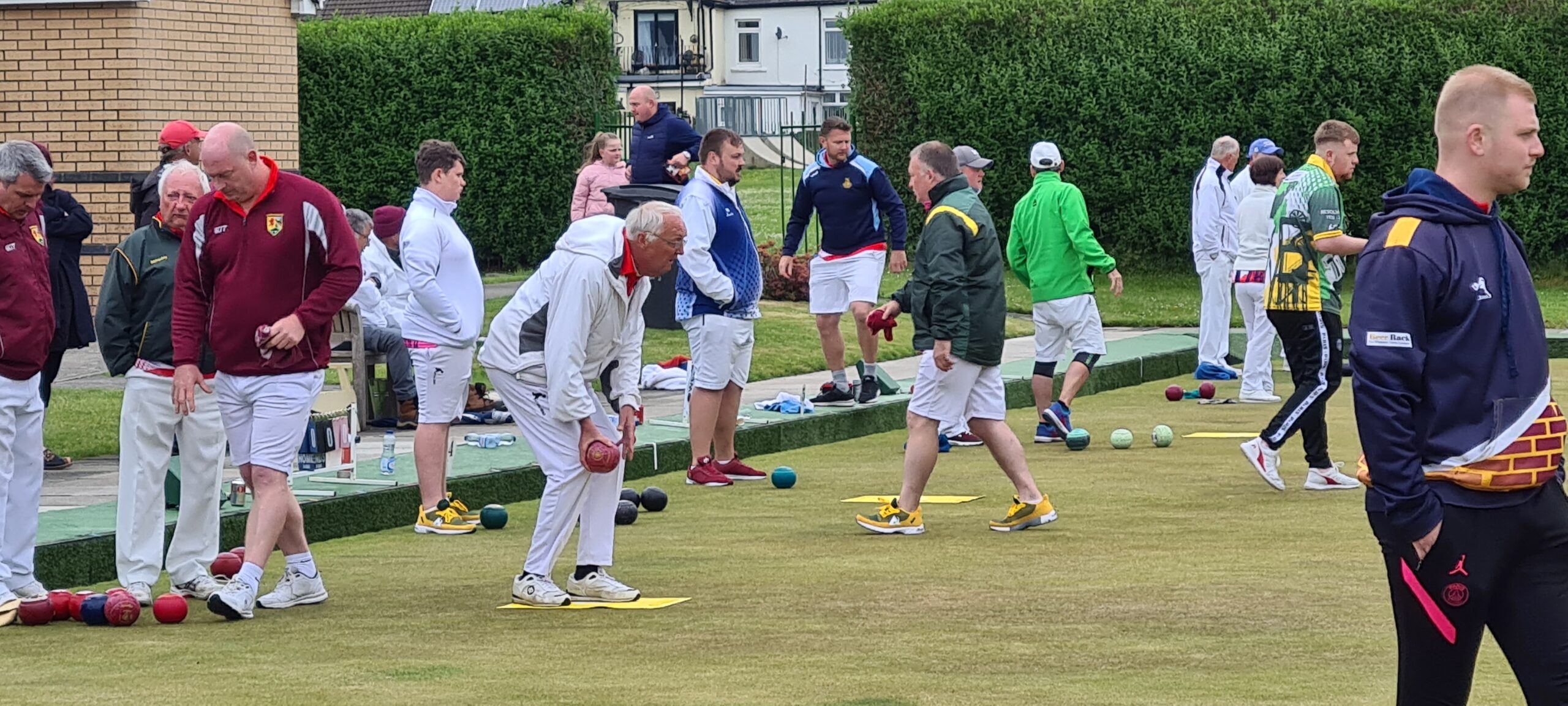
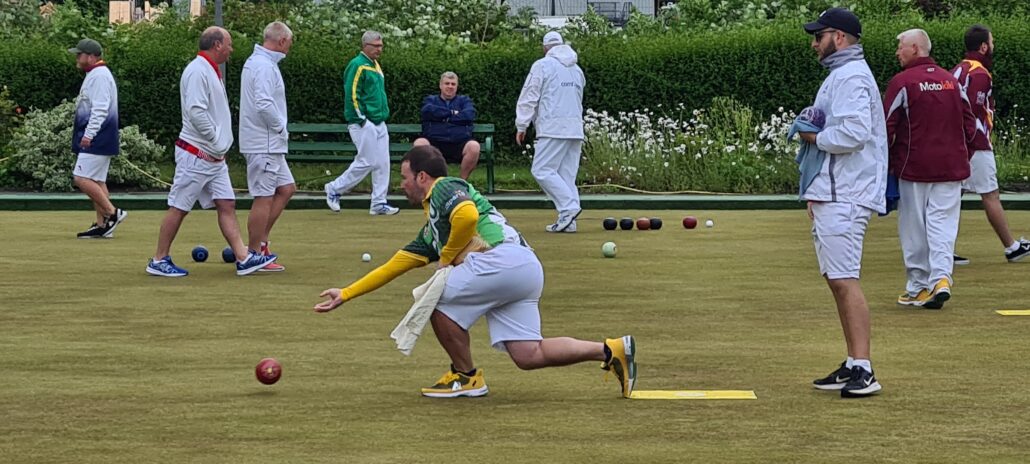
Due to travelling difficulties some were not able to attend the tournament, so two ‘youngsters’ who had previously represented Resolven BC at the Welsh National Championships were roped in to Chris Wright’s team. Kyle Qureshi moved out of the locality and hadn’t played for approximately seven years and James Bradley hadn’t bowled for a few years due to work commitments. They both said that they enjoyed being back on the green again.

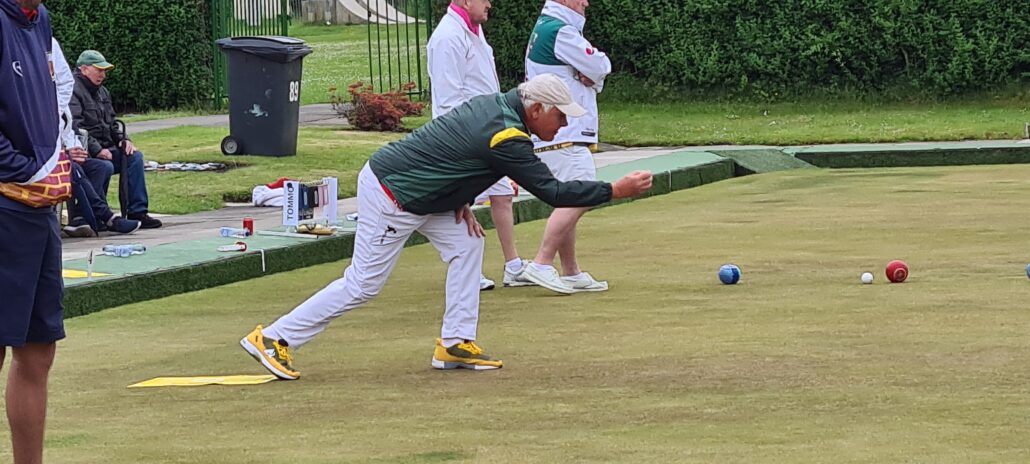
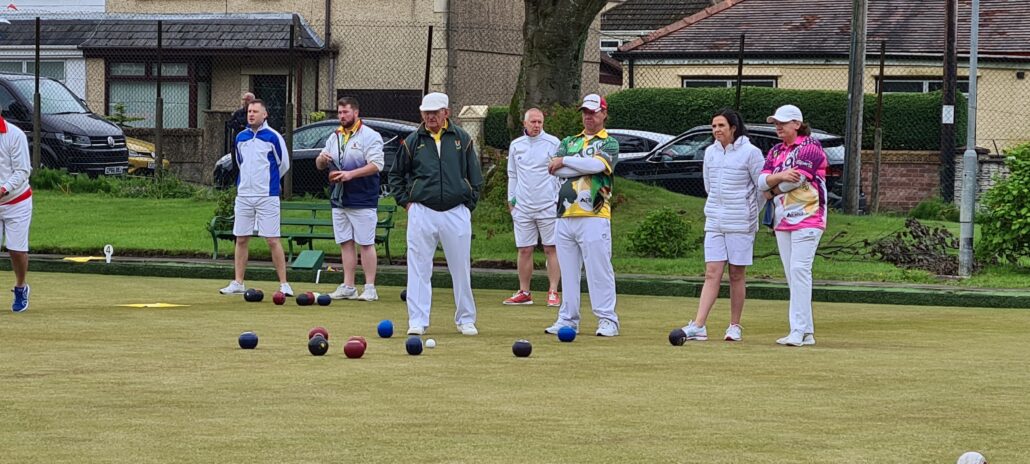
In this session Resolven Ladies BC’s Ceri Holmes, whose team included Hannah Williams and Sara Nichols were drawn against local bowlers Tony Gregg, Martin Addis (in the photo’) and Lionel Stock.
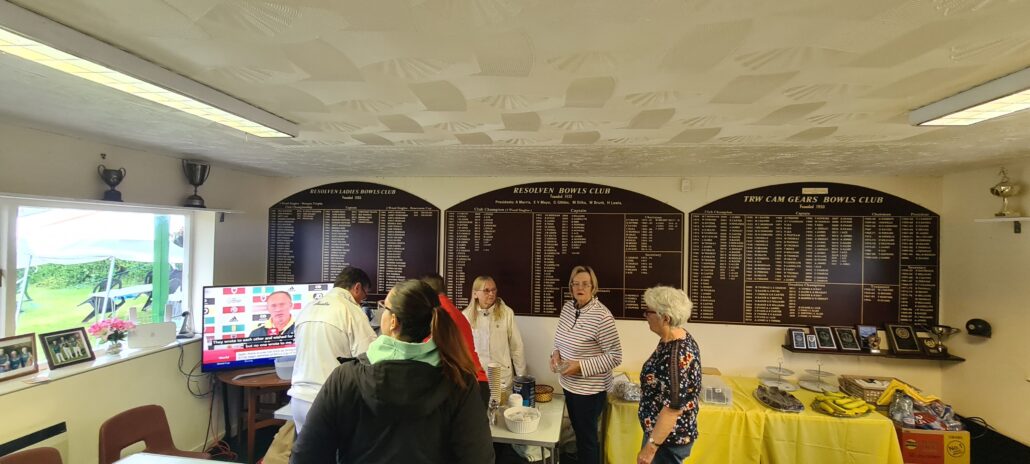
During the day a raffle was run to support a very popular Llanelli bowler, Dylan Williams’ and his fundraising efforts for MND (Motor Neurone Disease) with prizes such as a set of AERO bowls, bowls bags etc. etc. gratefully received from sponsors and members of the Resolven clubs. Delicious cakes made by the Resolven Ladies BC members and sold added to the total which resulted in a donation of £800.

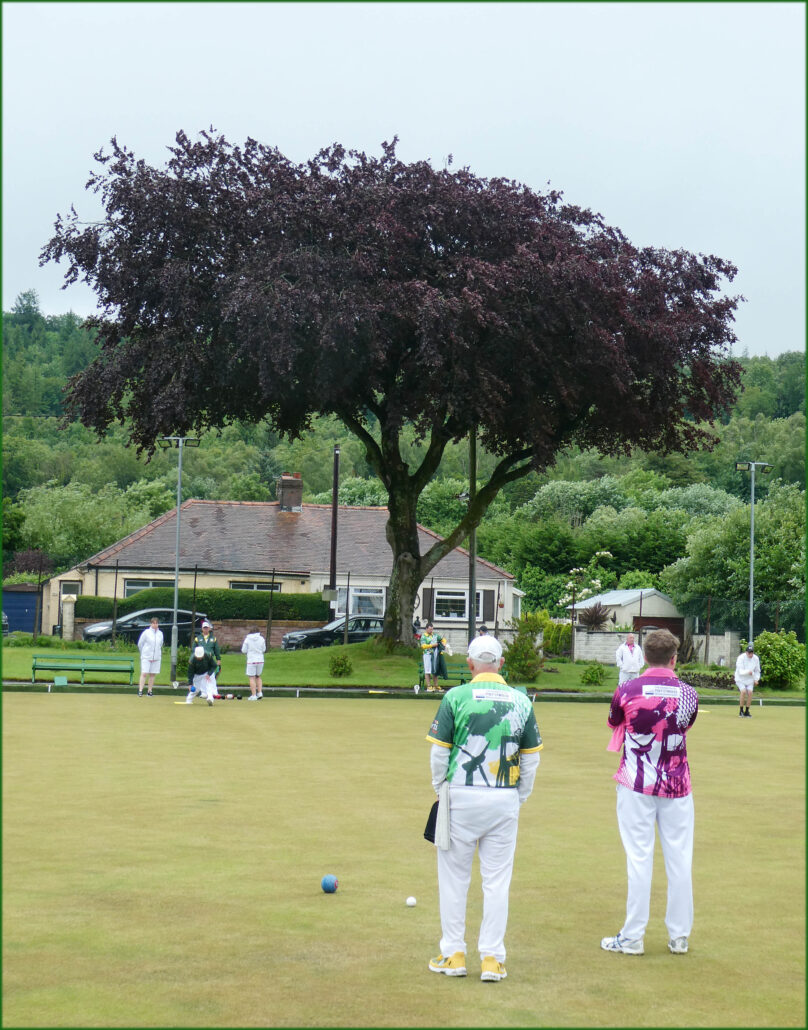
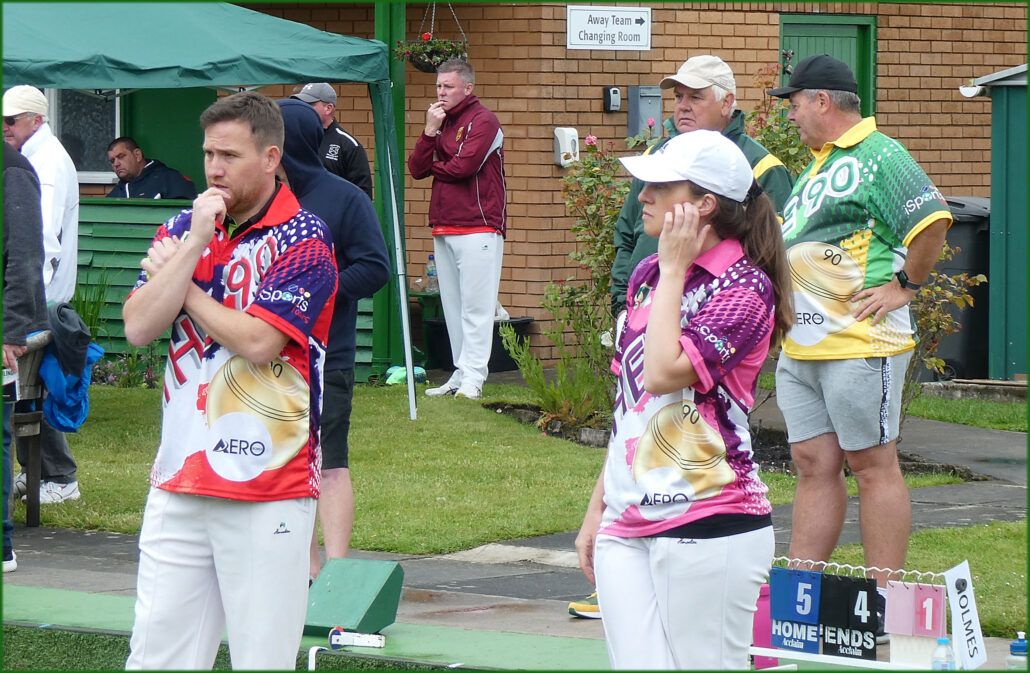
Hannah Williams played skip and drawn against her partner Robert Chisholm who brought along their son as a spectator.
On the right behind Hannah is tournament convener Mike Herbert speaking to Resolven BC’s Chairman, Aylwin Jones.
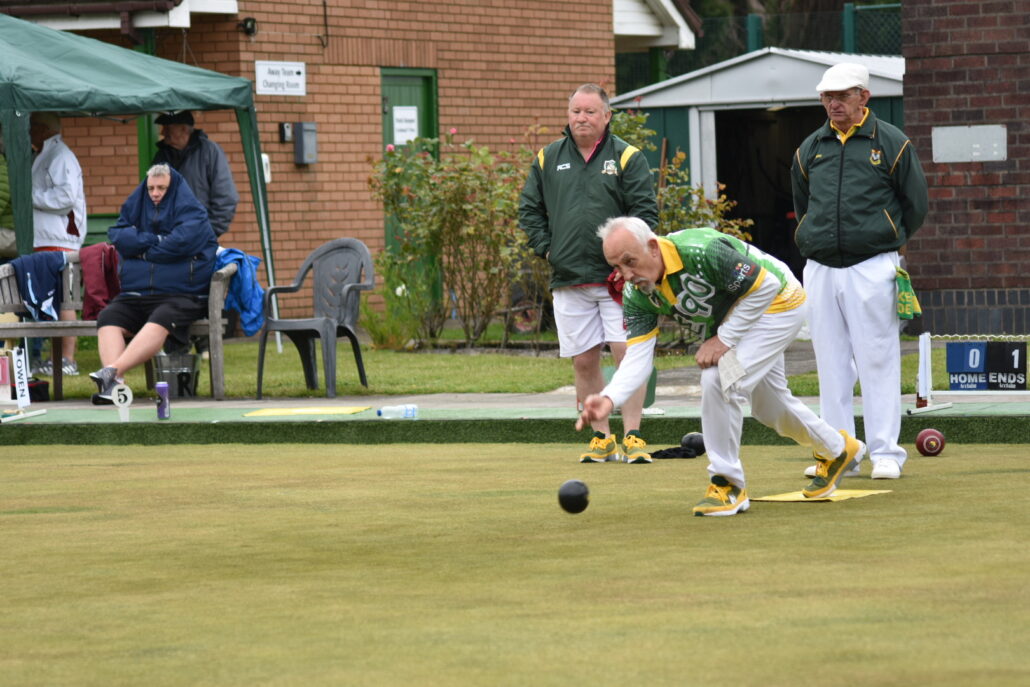
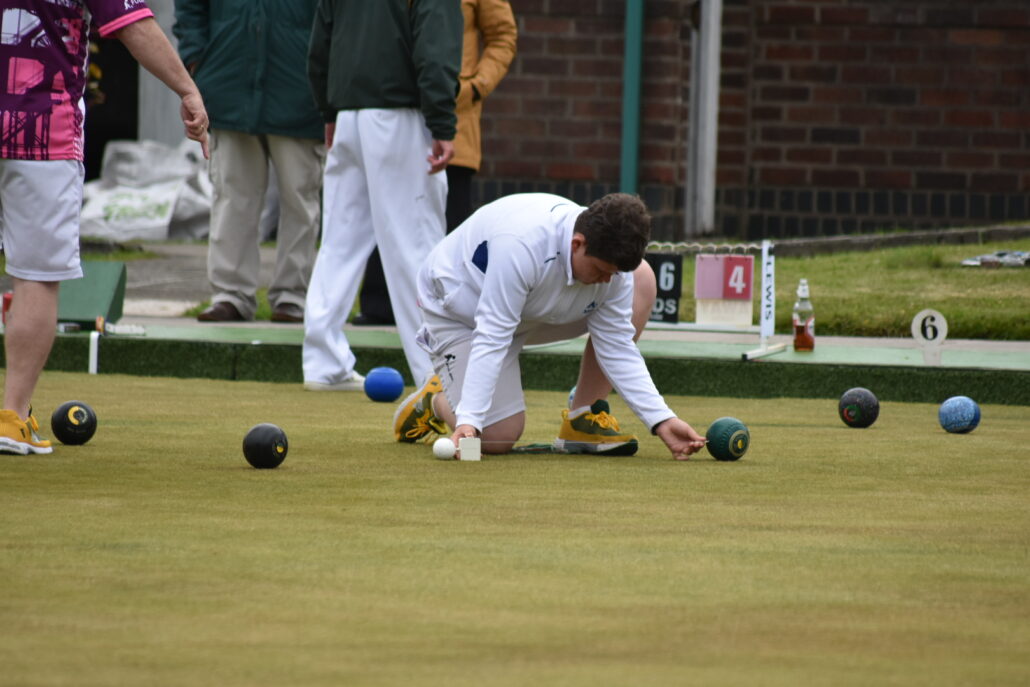
Young Billy Flynn, who has many bowling successes already, measuring from the jack to a bowl.
He has been invited to play in the Welsh Bowls academy fixtures U18 test series in Scotland in August.
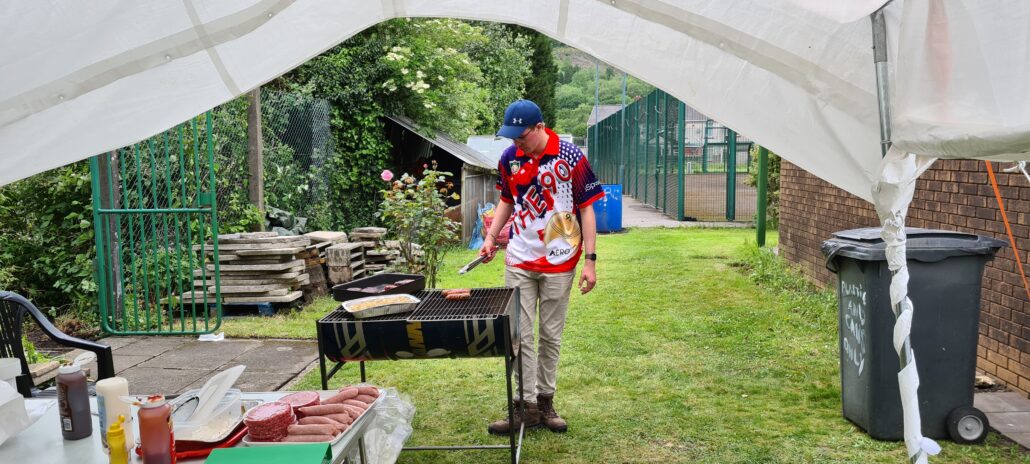
The best runners-up teams in the sectional play had an added incentive to play well for ‘The Plate’. The winners were Roger Jones, Andrew Hopkins, Stephen Allen & Mike Herbert(Non Bowler) who had prize money of £200. The Finalists for ‘The Plate’ received £100 – Martin Addis, Tony Gregg, Lionel Stock & Hugh Lewis(Non Bowler). All but one of the above named bowlers are members of Resolven BC.
The Semi-Finalists for the main tournament were Robert Weale, David Weale, Ian Slade & Dale Gorman from Presteigne BC who received £250 and Ben Thomas, Barrie Evans & Chris Jones from Pontrhydyfen BC who also received £250.


Losing Finalists – Harlequins BC’s Triples Jarrad Breen, Ross Owen and Jack Davies who received £500
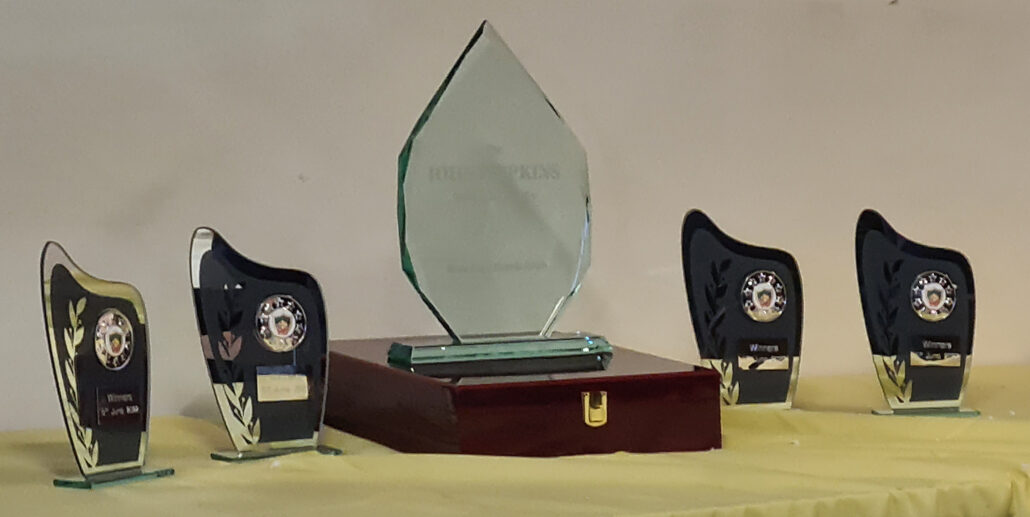
This was Resolven Bowls Club’s inaugural tournament and the winning Trophy for ‘THE NINETY’ is in memory of Mr John Hopkins which was presented to the winners by Club President, Hugh Lewis.
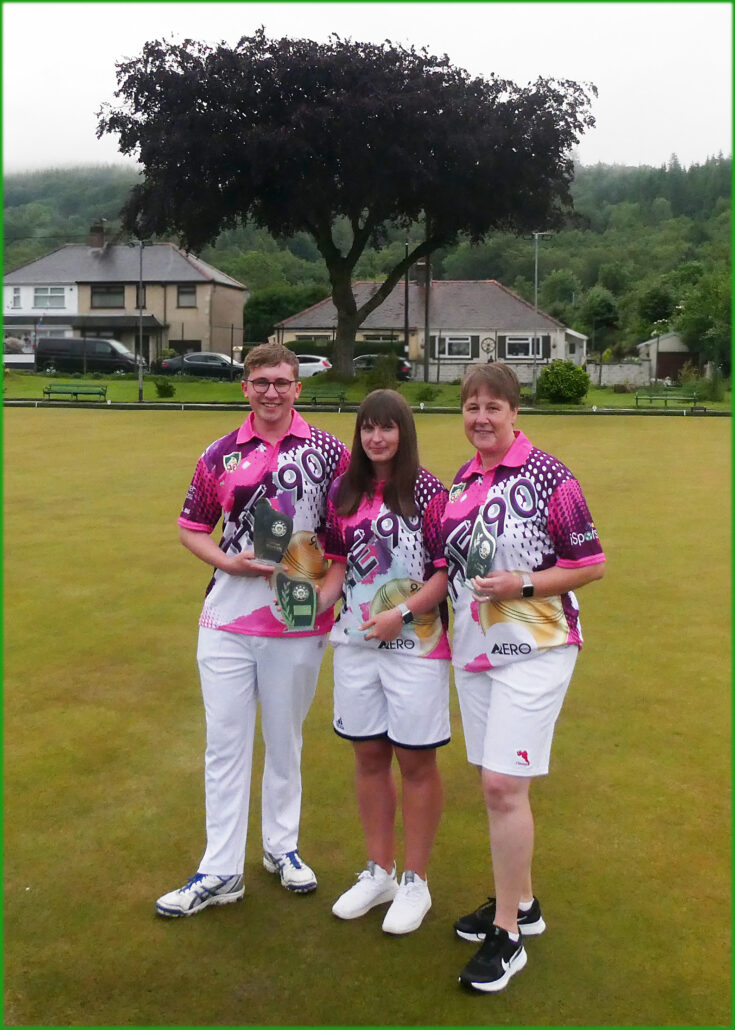
After receiving £1000 Prize Money the Winners of ‘THE NINETY’ seen here with their Trophies, Ysie White from Tenby BC, Anwen Butten and Hari Butten from Lampeter BC.
~ ~ ~
Photographs by Natasha Williams,
Hugh Lewis & William Bowcutt
Presentation – Hugh Lewis
~ ~ ~ ~
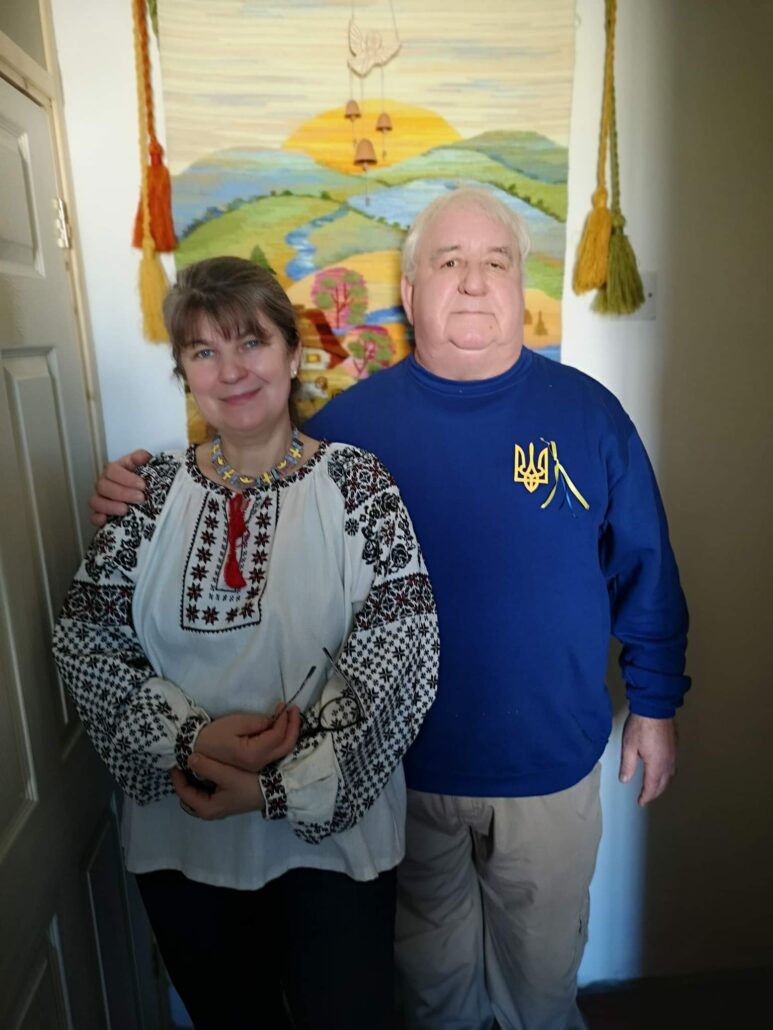
Ludmilla and John Kosschuk
Hello just a quick update, the total raised so far is £4,150. £4000 was sent for medical supplies and essentials. Two Ukrainian girls arrived in Tonna on Monday and are staying with us, they come from east of Kiev and are related to my wife.
John Kosschuk
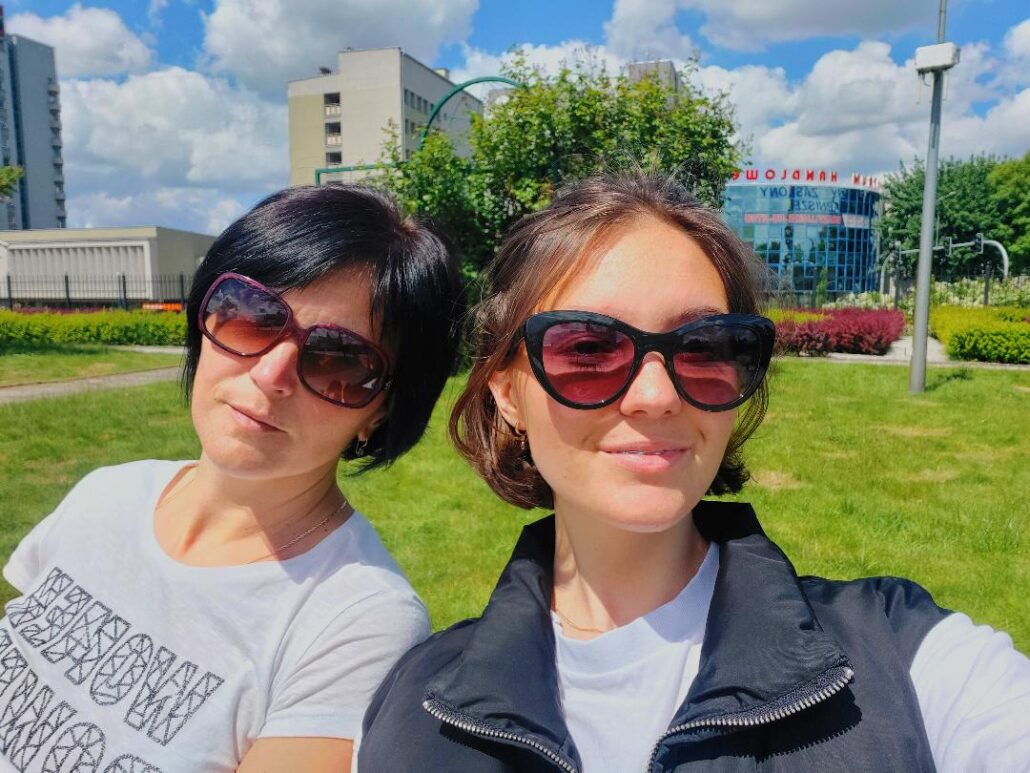
Oksana and Dasha
WELCOME !
Our RDN photographer Mike Davies meets The Queen
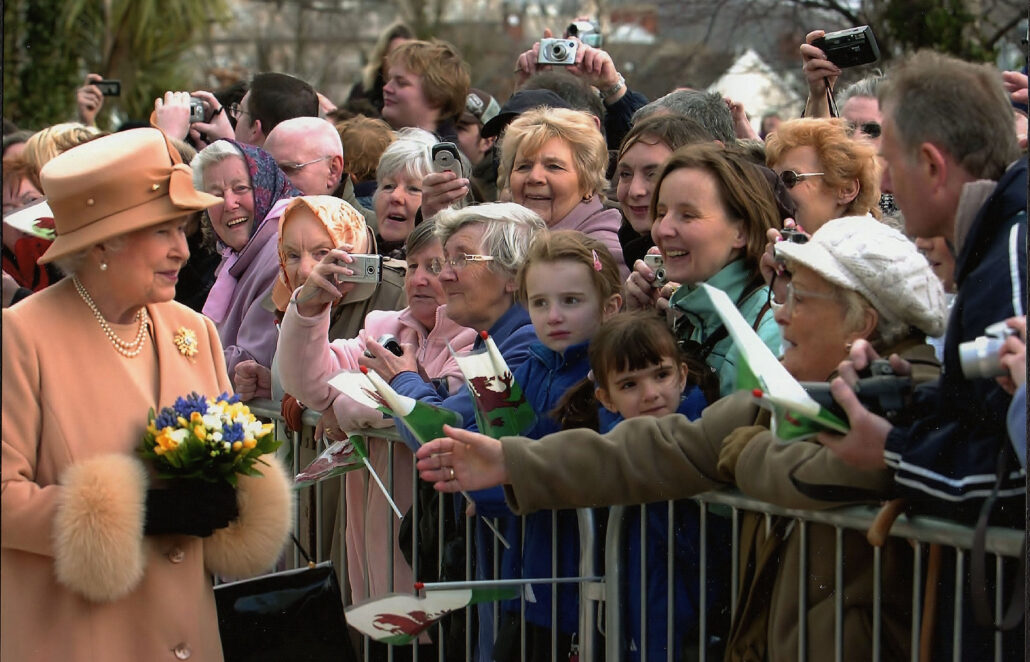
Mike is far R behind woman in white hat
“I was asked by a fellow photographer to go along to the re- opening of the Leisure Centre in Swansea, as The Queen and Duke would be attending.
It was a dry day but bitterly cold with a biting wind-not ideal weather to be standing about in but we arrived early and got chatting to the police about the Royals and what time they’d be arriving, They said in about 2 hours, so it was a long cold wait, On their appearance, the cars stopped well to my left, and now with the maddening crowd I could not get a single shot before they both they both walked into the Leisure Centre, Again I asked the policeman how long would Her Majesty be inside, “around 2 hours”, he replied, “but worth the wait as she will be coming out of one of those three doors,”
So, after my long wait, The Queen eventually made an appearance.. She came around to my right and I started snapping away but when she got close into the lens, out ot of courtesy I stopped filming and put the camera down only, to my astonishment, to be greeted by Her Majesty!. She walked past the woman with the outstretched hand and held her hand out to me and shook it and asked me where was I from etc.- she was quite interested. We seemed to be chatting for a while, she told me it was lovely to be back in Swansea and that they were having lunch in the Brangwyn Hall. I wished them well and she replied, “You too. It was lovely to meet you”-a moment in my life I shall never forget, so it was worth waiting in that biting wind all those hours.”
MIKE DAVIES
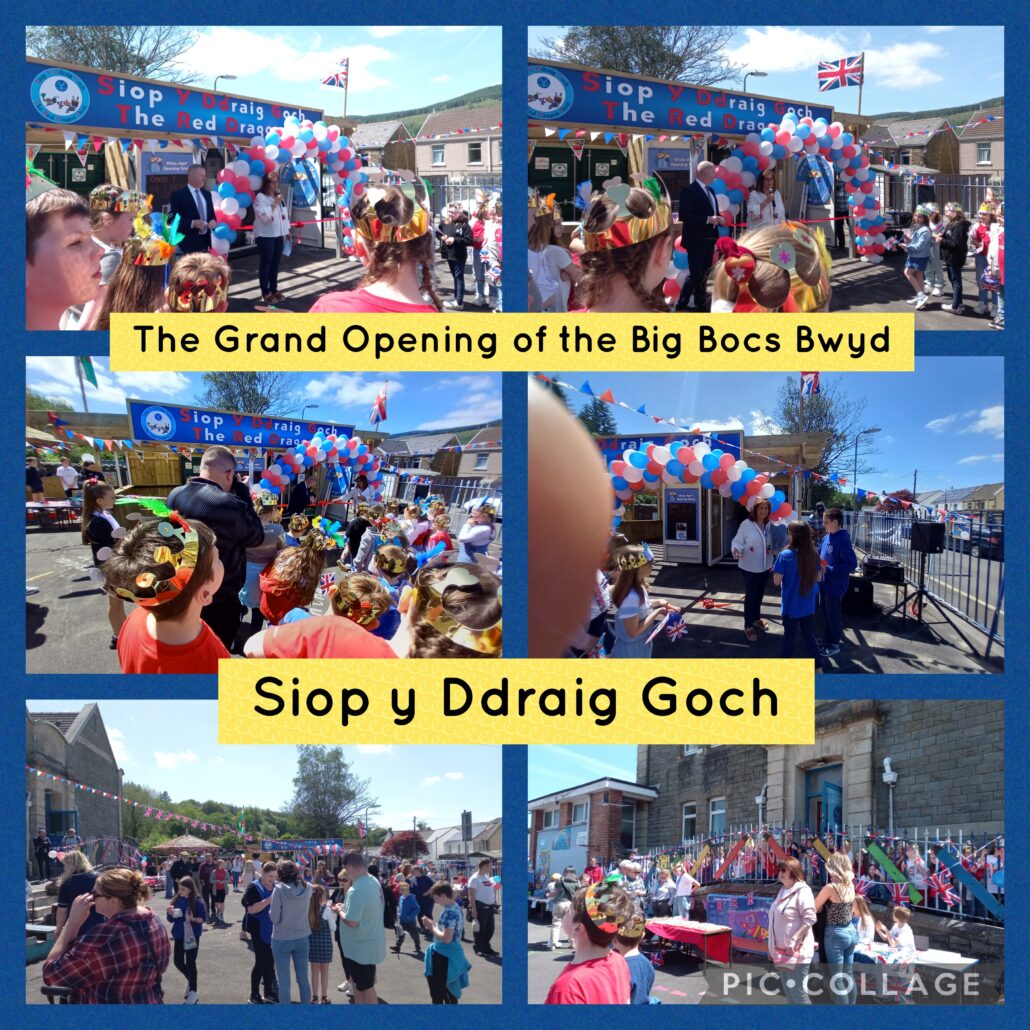
In earlier stories on RDN, we brought you news of Big Bocs Bwyd. The scheme involves schoolchidren running their own shop, with goods on sale at a price decided by the customers.
Ynysfach Primary School opened their Siop y Ddraig Goch with a flourish today. , The school yard was packed with potential customers when deputy headteacher Mrs Karen Thomas invited Jeremy Miles SM to cut the ribbon.

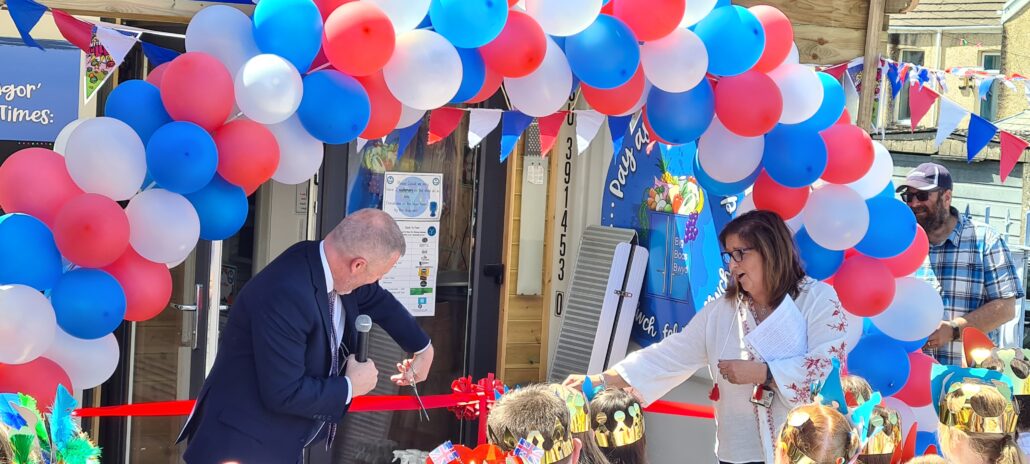
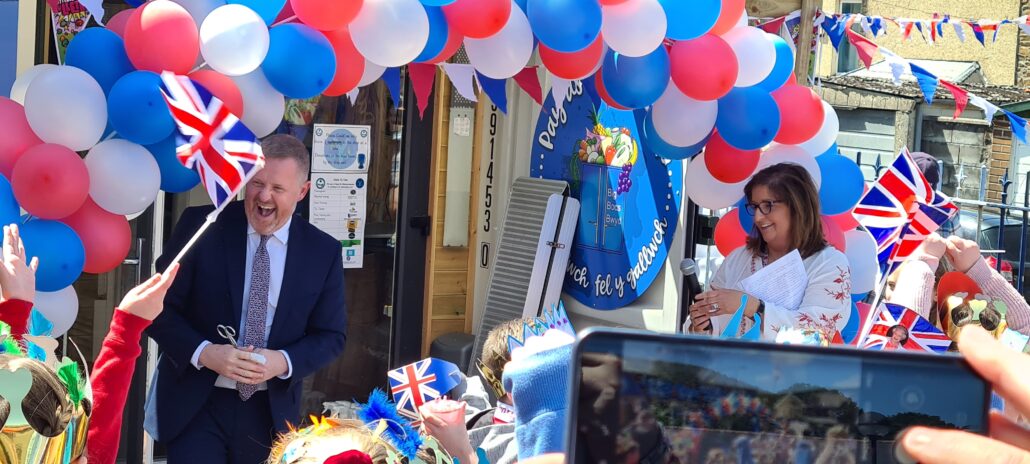







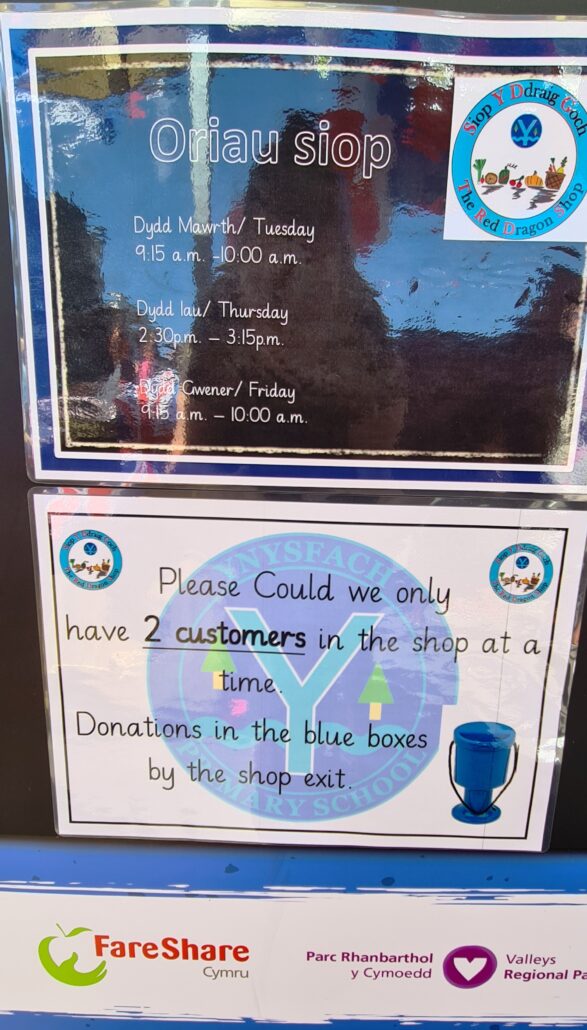
The swan family takes to the water
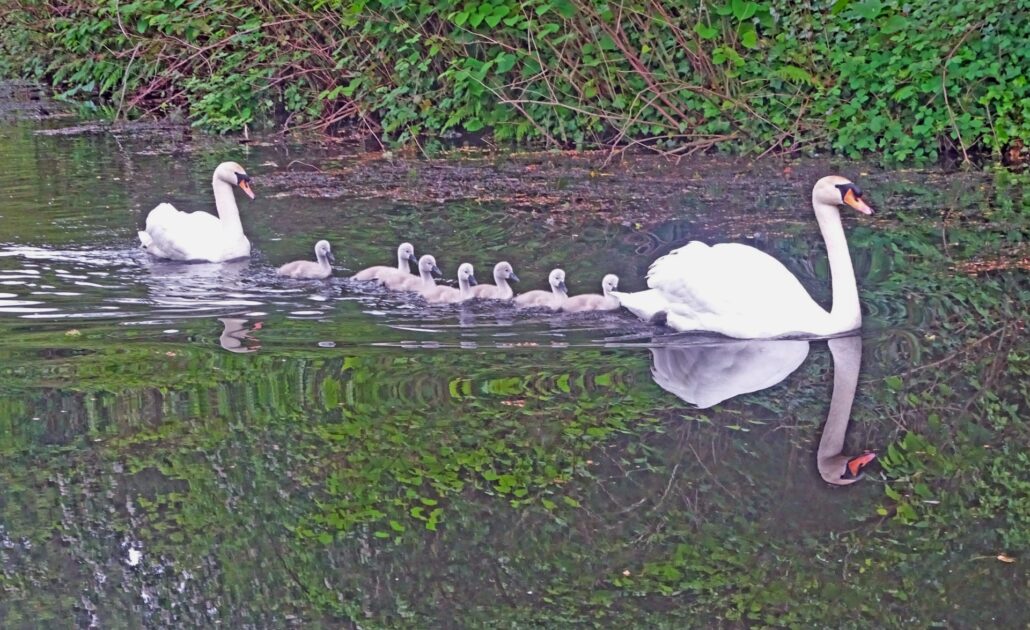
This looks to be a serious swimming lesson for cygnets in the Neath canal today.. The poud parents are guarding them closely.
Images by Mike Davies (RDN photographer)
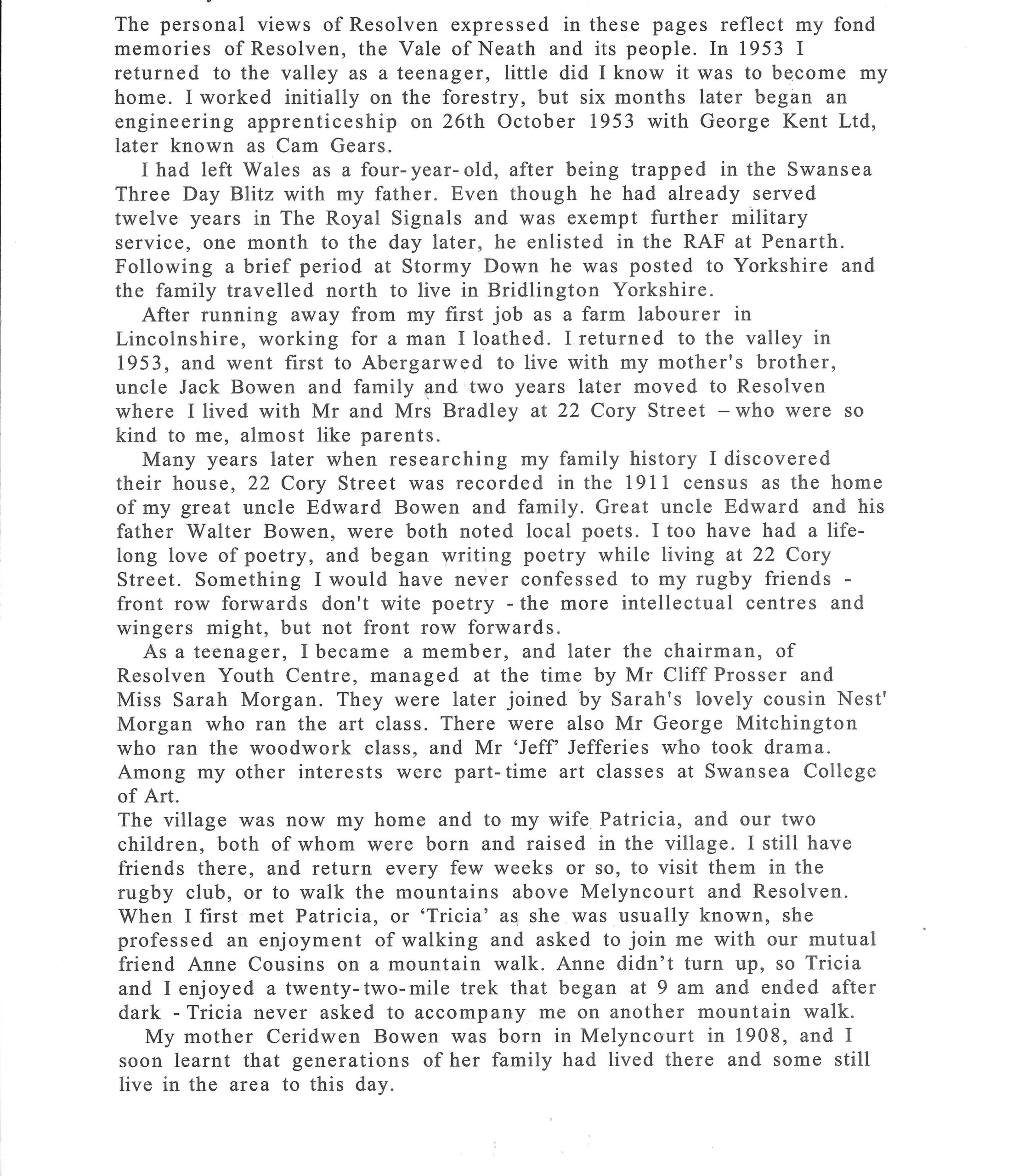
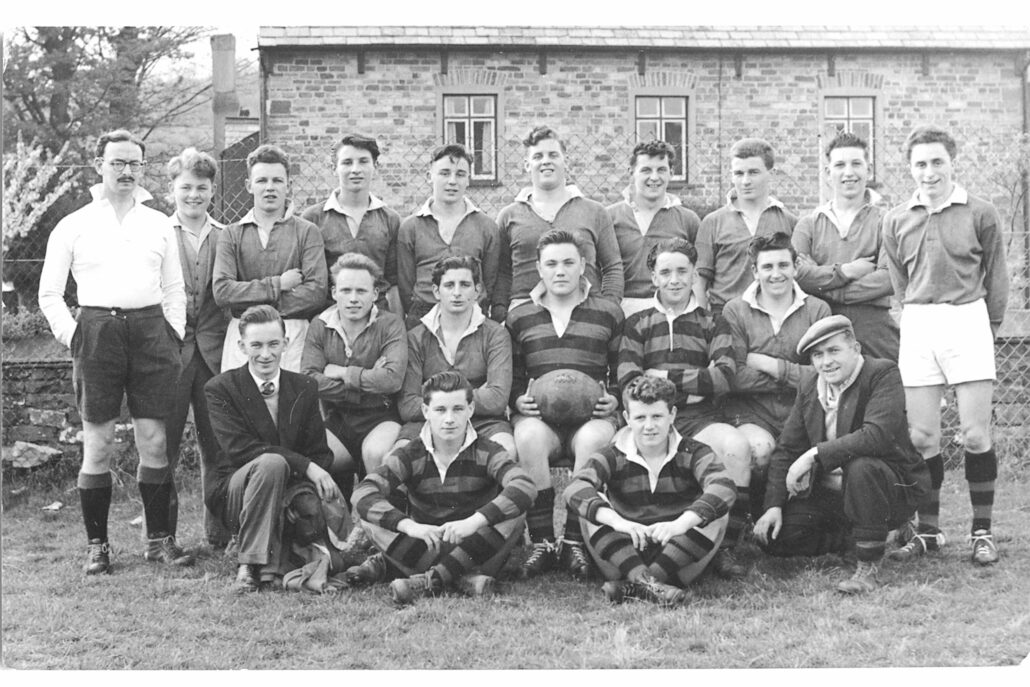
Barry is in back row 3rd from R in this photo of the Resolven Youth Rugby team who won the District Youth Cup in 1955
Barry still writes poetry and was kind enough to share the following poems with us :-
So Small a Nation
Mor Fach Gwlad
For St David’s Day 2022
Barry S Britzman February 2022
What was it that the invaders feared
in their attempts to subdue it?
from so small a nation,
and, so few a people,
that over the span of two thousand years
they built and fortified hundreds of castles,
among them the mightiest castles in Europe
Caernarfon, Beaumaris,
Conwy, and Harlech
Cardiff, Caerphilly,
Coity and Flint,
Builth, Blaenllynfi
Abergavenny, and Aberystwyth
Abertawe, Ystumllwynarth and Nedd,
yet still the proud cry from the people is heard
“Ond, ry’n ni yma o hyd”
Acknowledgements to Dafydd Iwan.
Said to be the most castellated nation in Europe, there was once, more than 600 castles
in Wales, a castle to every 13 square miles. There now remain 427. Among the castles built
or rebuilt by Edward I: were Aberystwyth, Beaumaris, Builth, Caernarfon, Conwy, Flint,
Harlech, and Rhuddlan among the Welsh castles captured and repaired by Edward I: were
Castell y Bere, Criccieth, Dolwyddelan and Caergwrle.
~ ~
The following is Barry reminiscing of a favourite viewing point of his, the derelict farm ‘Henllan’ above Melincourt.
No Other Sound
Barry S Britzman January 2022
No other sound
is ever heard here
save that of the birds
and the soft breeze
as it weaves through the grasses
and nearby trees,
as I sit alone in silence here
to hear and to listen
to the unwritten,
unwritable, musical
language of trees,
murmuring the hushed
opening movements
of Henllan’s arboreal symphonies –
as the setting sun bathes
in its soft rosy light
the banks and rockfaces
displayed here in sight,
where silhouetted, in silent defiance,
old stunted oaks, standing
deep-rooted in rocks,
still strive to maintain their unceasing fight,
while I sit in peace this evening here,
only to hear, and to listen
to the unwritten, unwritable,
musical language of trees.
~ ~ ~ ~

Resolven Bowls Club was formed in 1932 therefore this year RBC celebrates its 90th Anniversary by updating its Badge and the bowlers shirts. Also the club has a Celebration Tournament ‘The Ninety’ on 5 June when many well known International and local bowlers will be battling against each other on the Resolven Green.
~ ~ ~ ~


~ ~ ~
The first Neath League game of the 2022 season for Resolven Bowls Club took place at Resolven bowling green against Llansawel BC and ended in a 12 points to 2 win for the home side. The visitors had nothing but praise for the playing surface of Resolven bowling green.
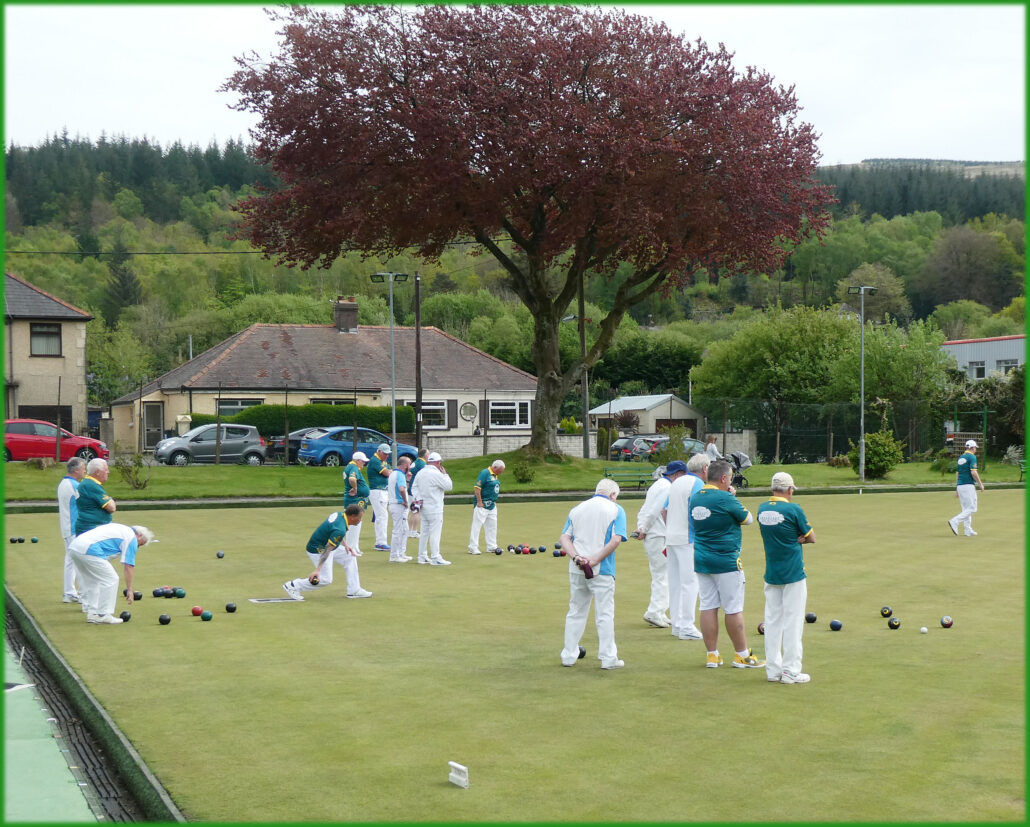


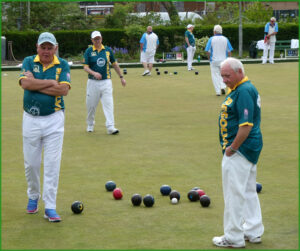
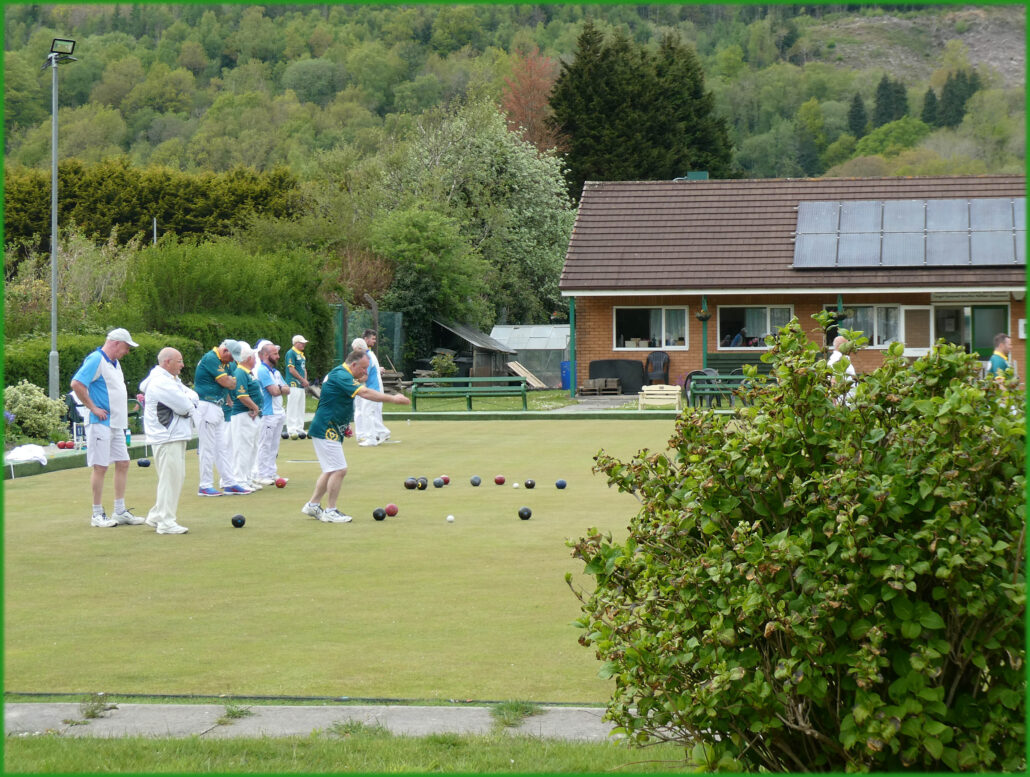
~ ~
It was also an excellent start in the Cwmtawe (Swansea Valley) League with a win at Ammanford. There were two debuts in the shape of Nigel Davies and Christina Gregg who both played well.
Last Saturday RBC played the first of three Welsh Championship {Carruthers Shield} matches, at home against Prince of Wales Court BC, Porthcawl. Those selected to play looked good in the new match kit.

Resolven Bowls Club had a good win on the day but have two difficult away games in the next couple of weeks. All the best for the season ‘lads’.
~ ~ ~ ~
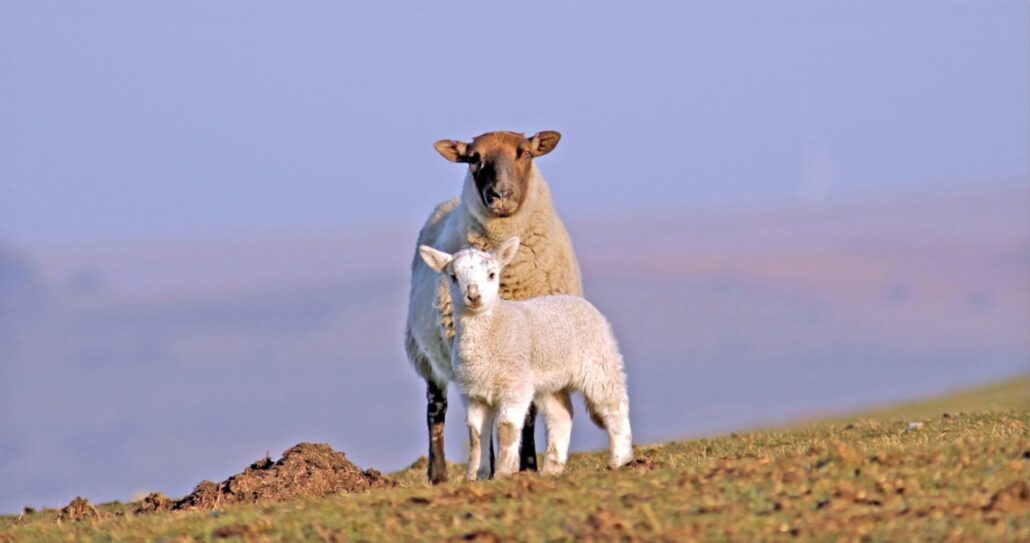
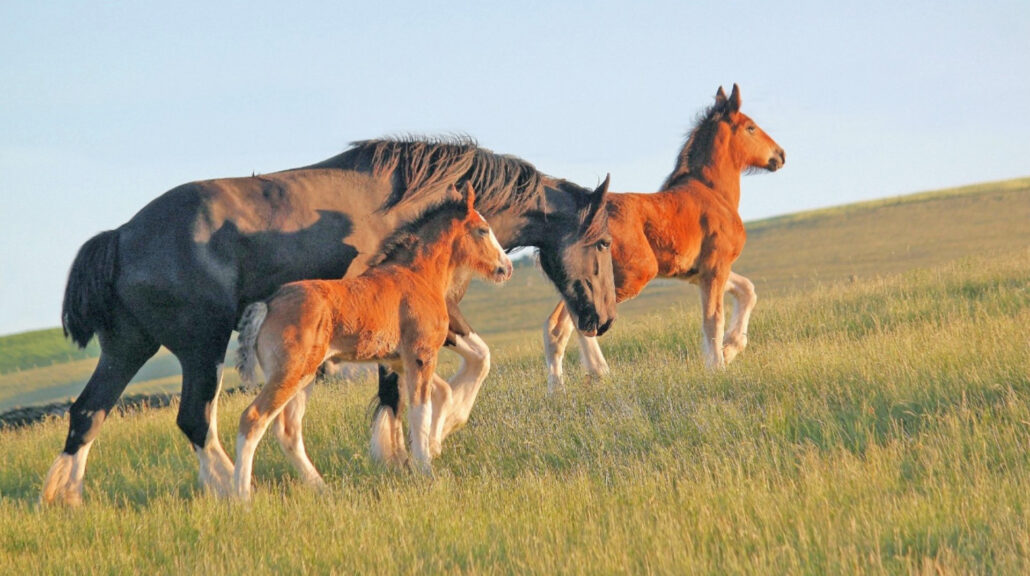
WHO IS THE WINNER?
Images by MIKE DAVIES (RDN Phorographer)
Delghtful, Mike! (Editor)
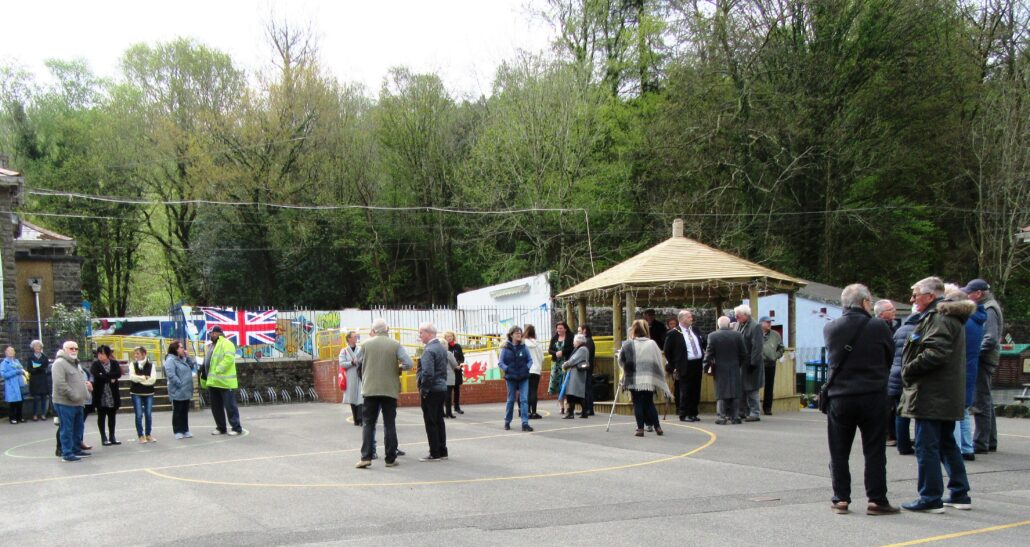
Wow what can I say!!! £1196.66 was raised last Saturday at the Ukrainian Vigil in the village. Thanks to all the shops and clubs that sold the ribbons and held raffles and collections. Thanks to the WI for the money raised from their cakes and refreshments. Thanks to the staff and children of Ynysfach School and thanks to the community for once again for supporting the event. I am very proud to live in such a wonderful community like ours.

Slava Ukraina Slava Resolven
Neal Francis
Chair Resolven Community Council #
Images Editor and Hugh Lewis
